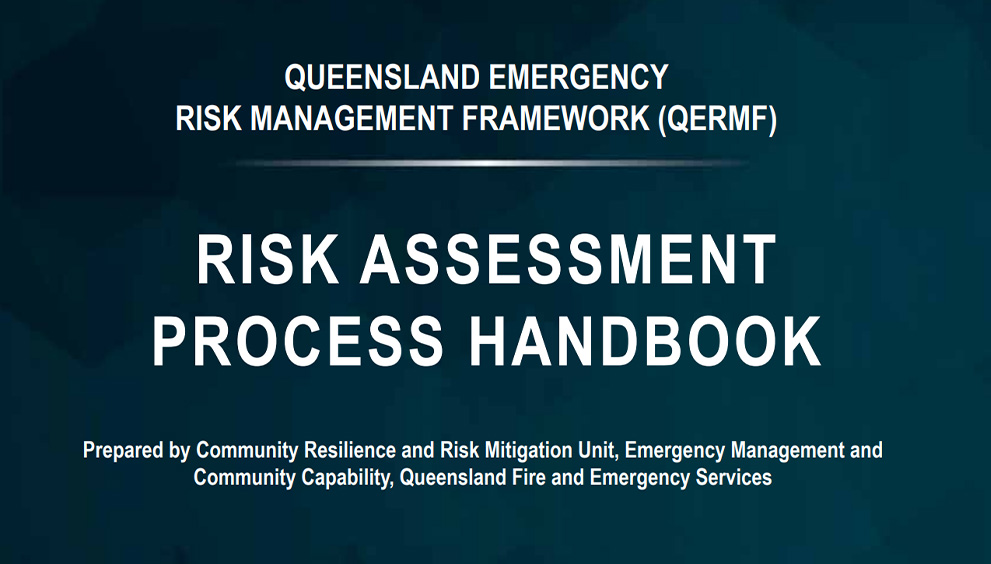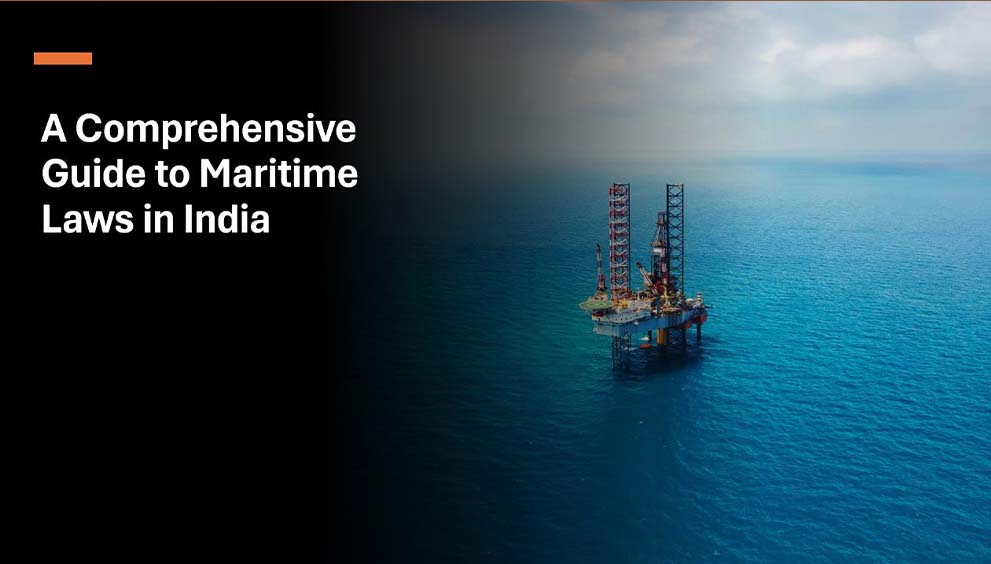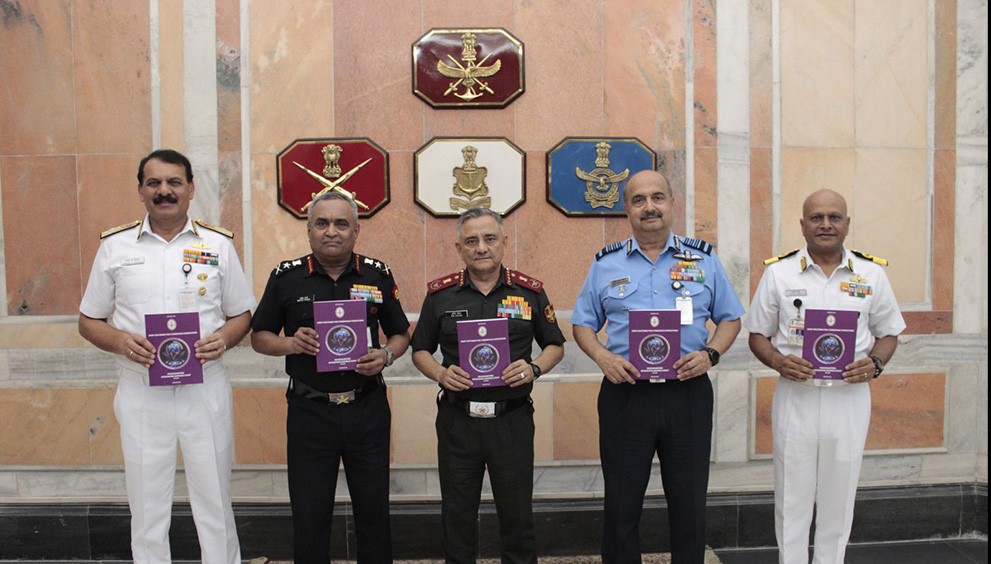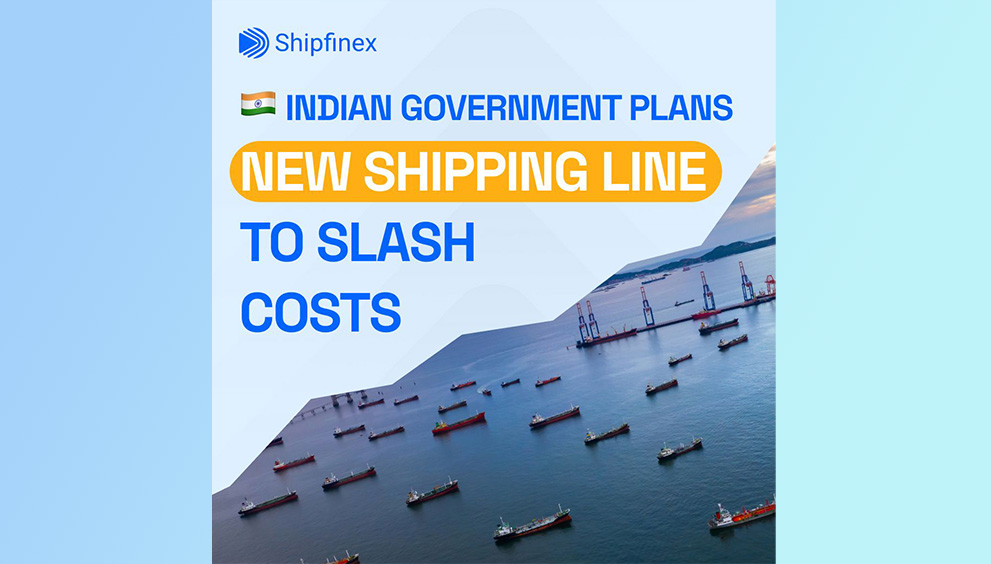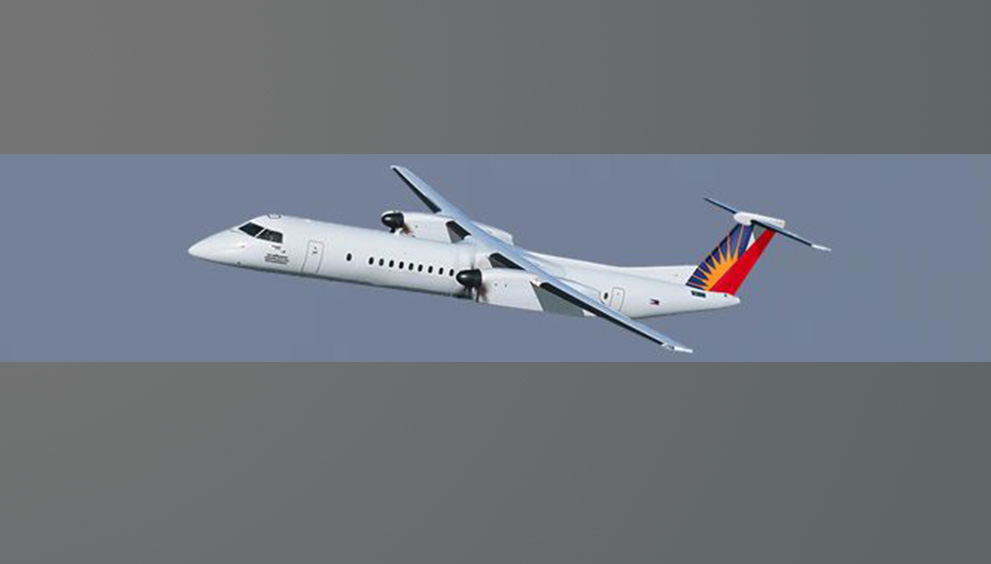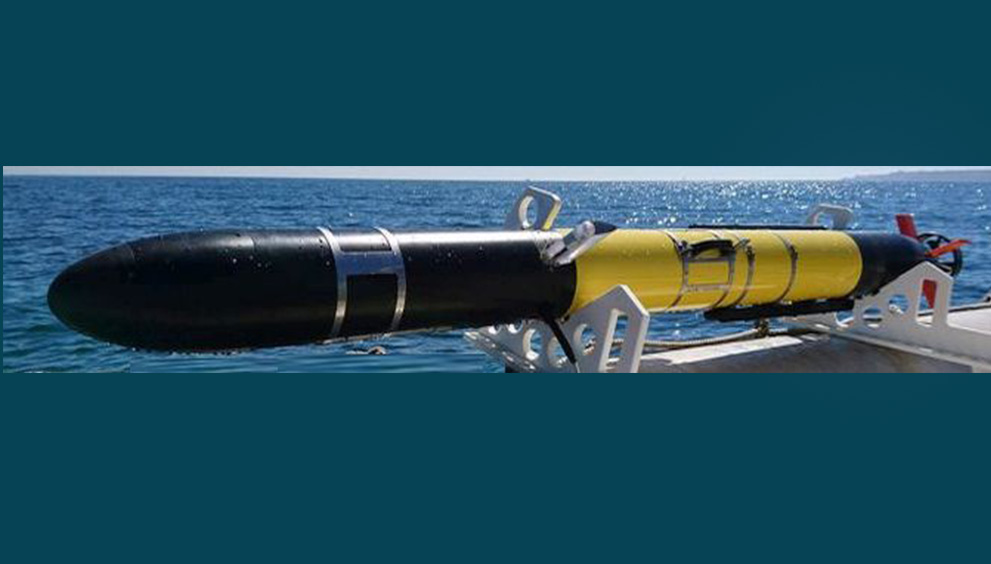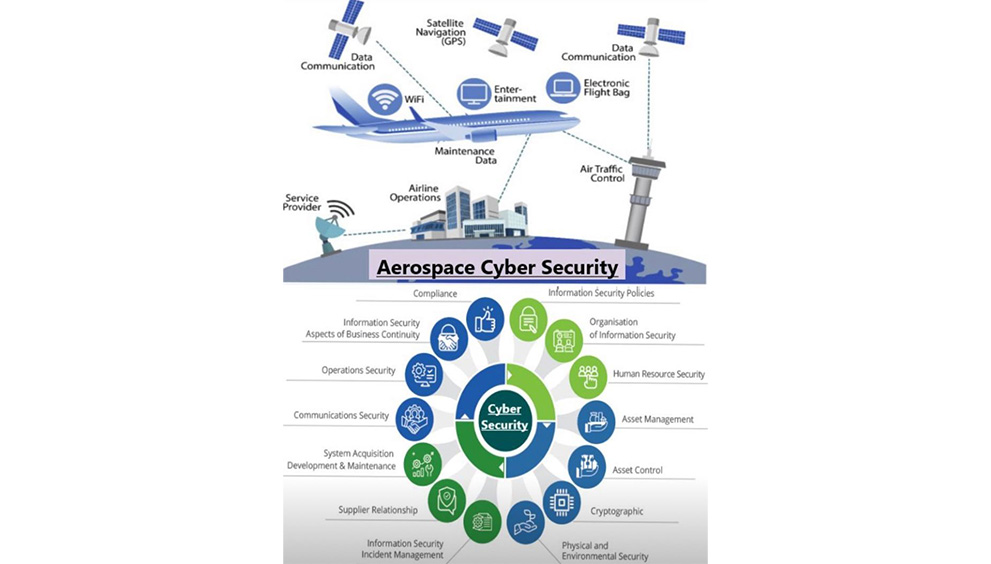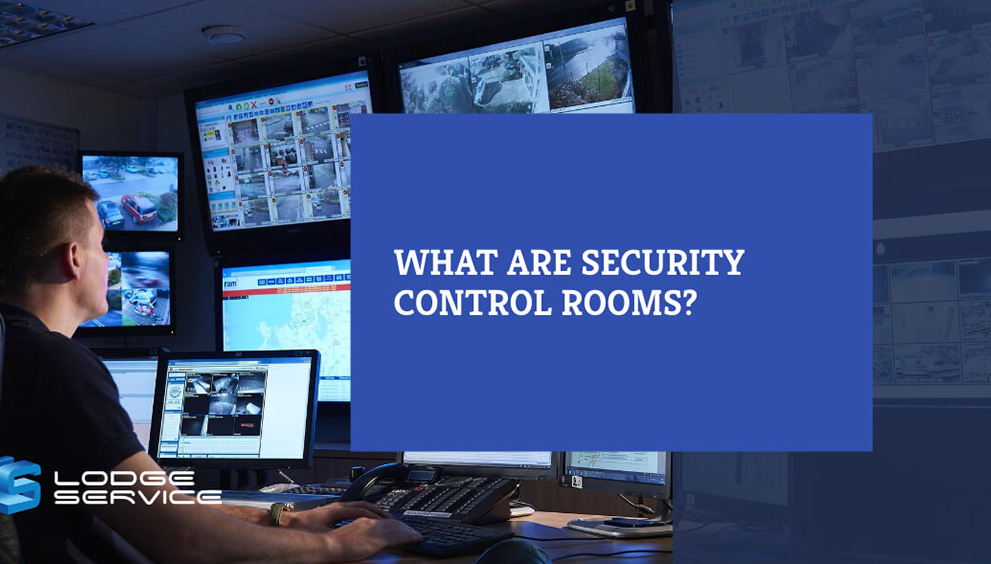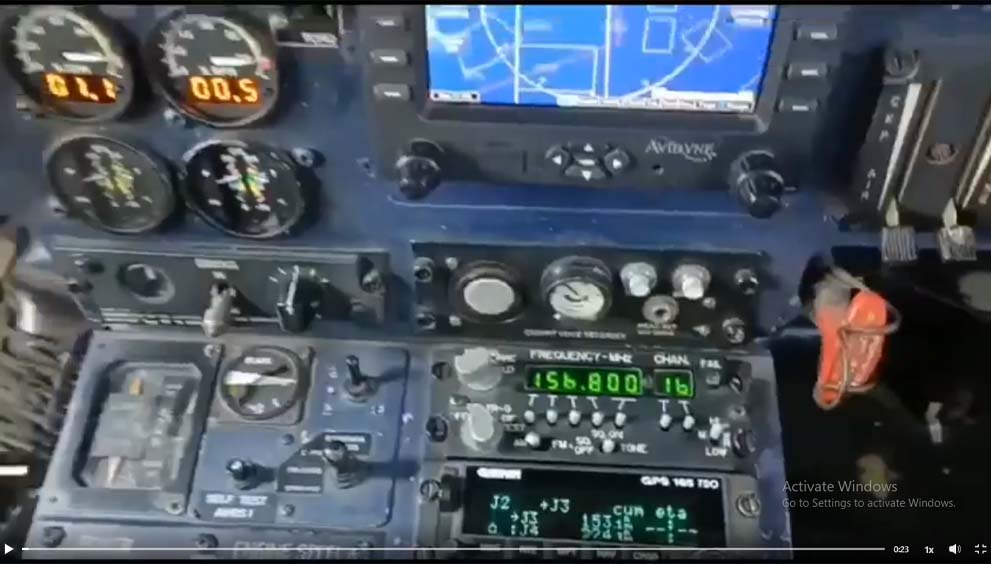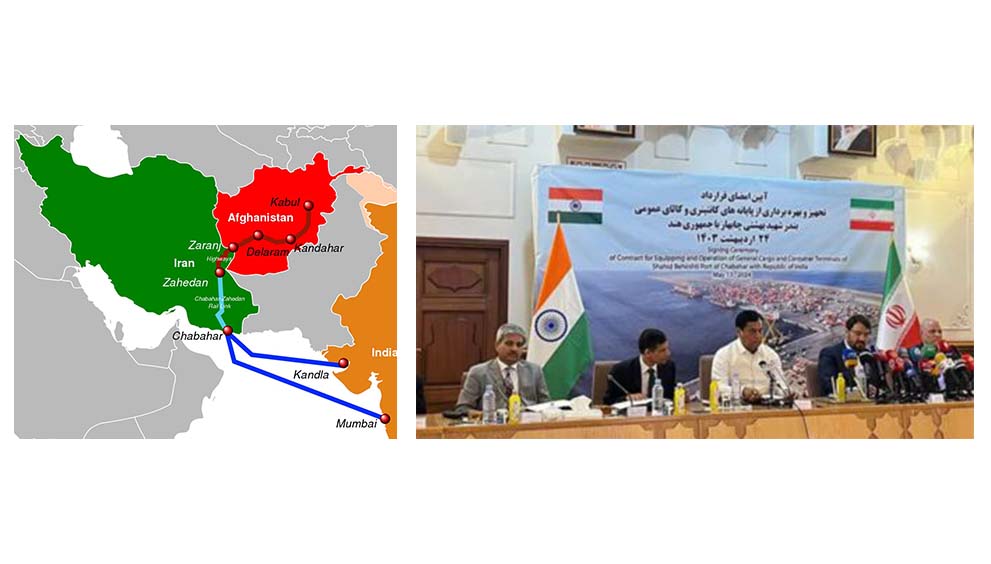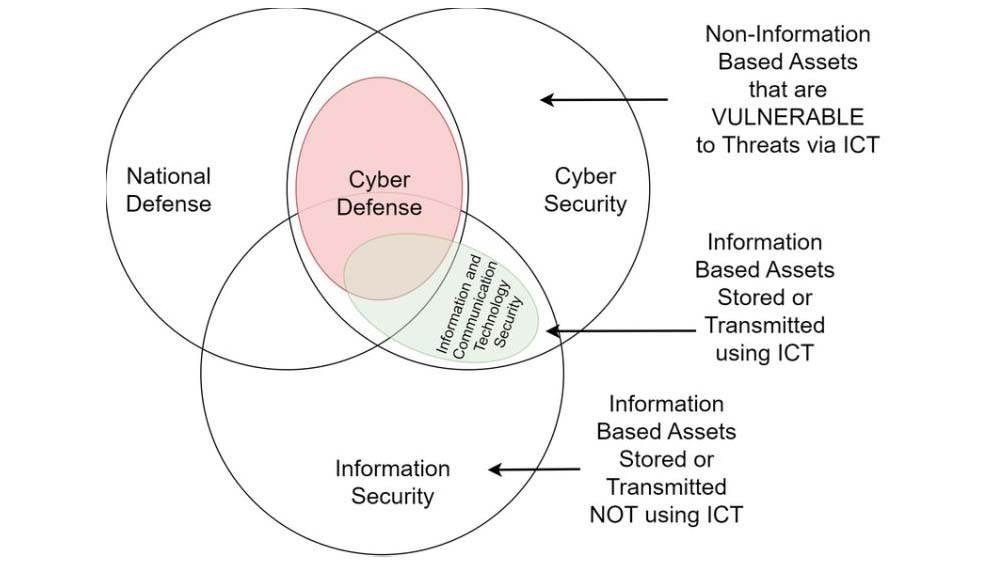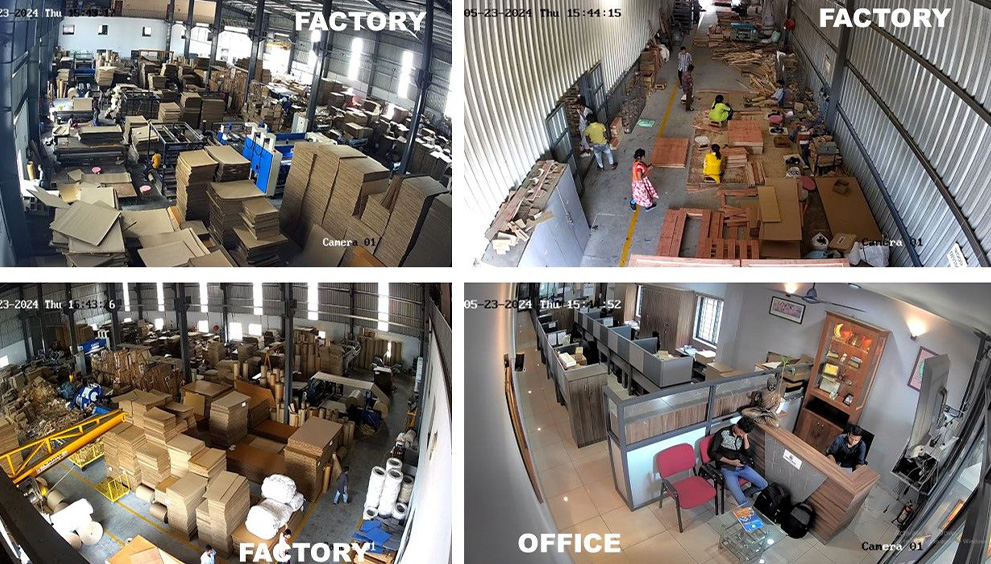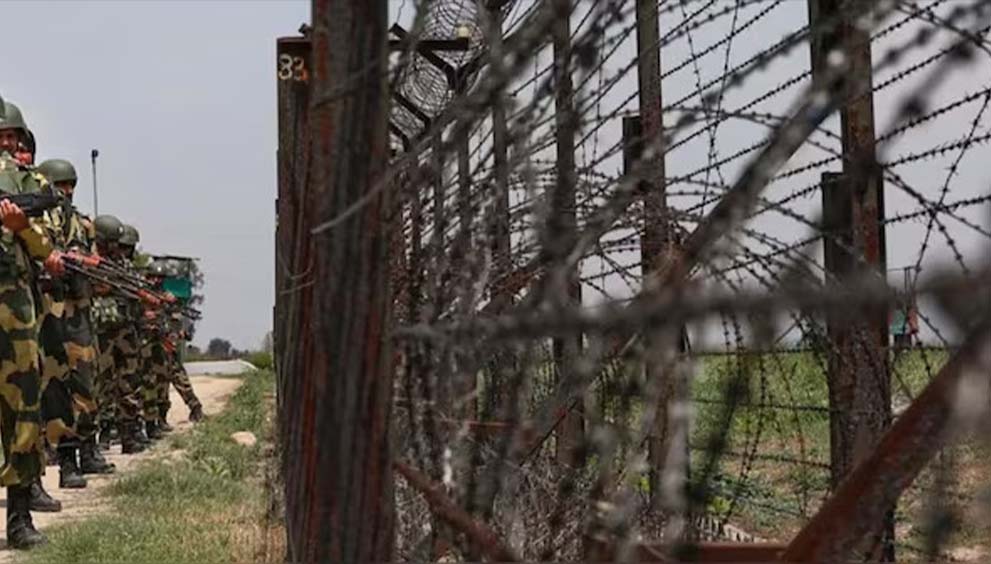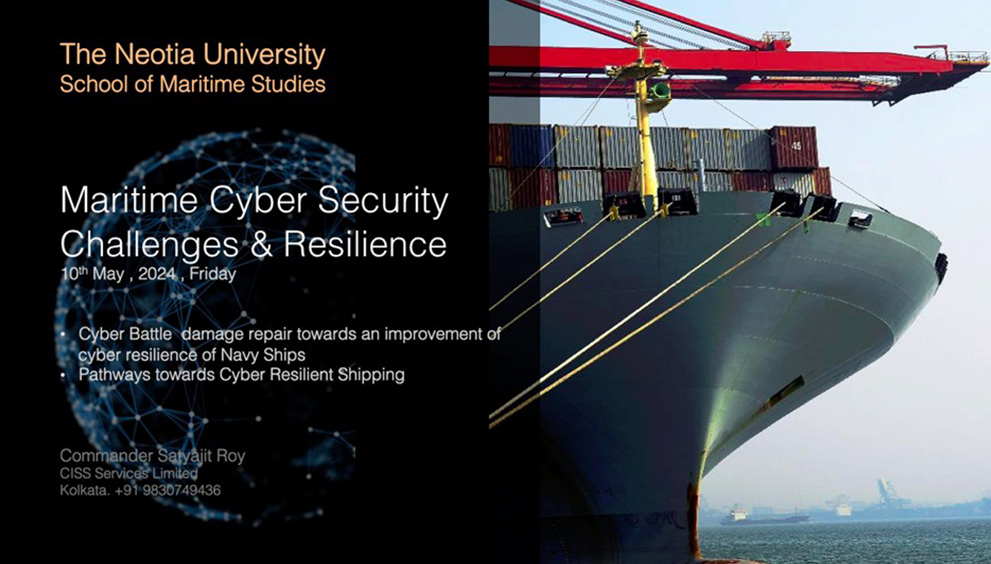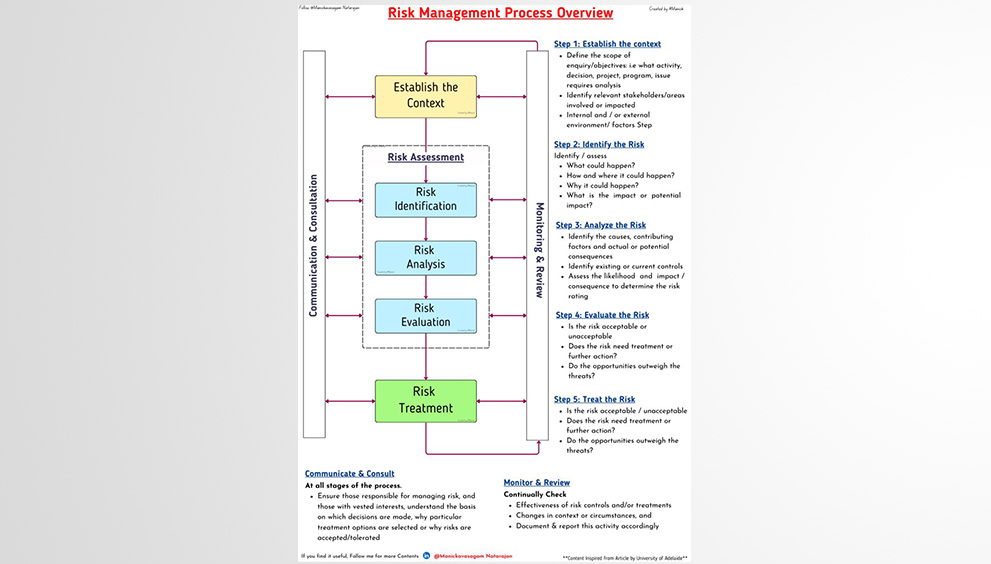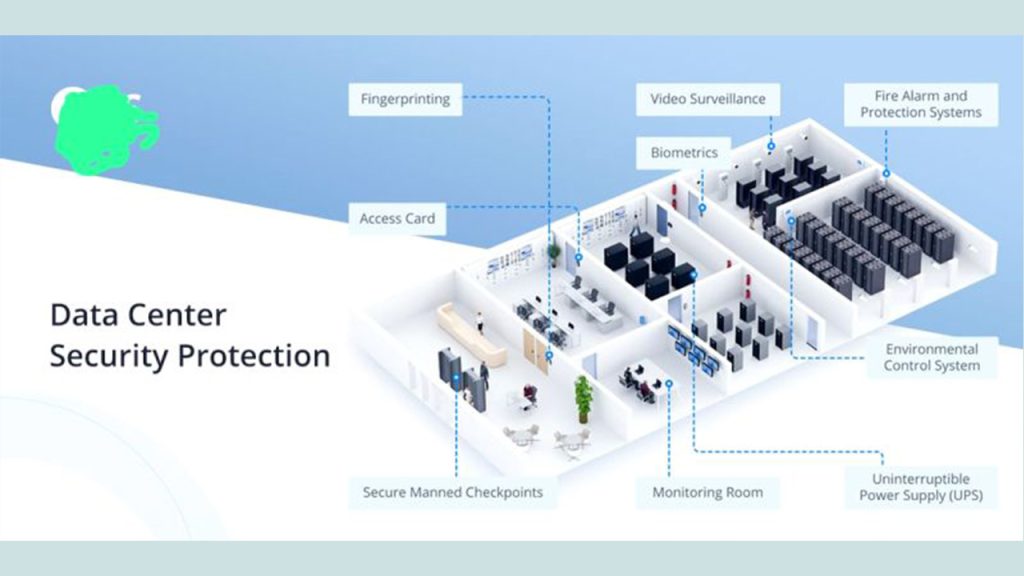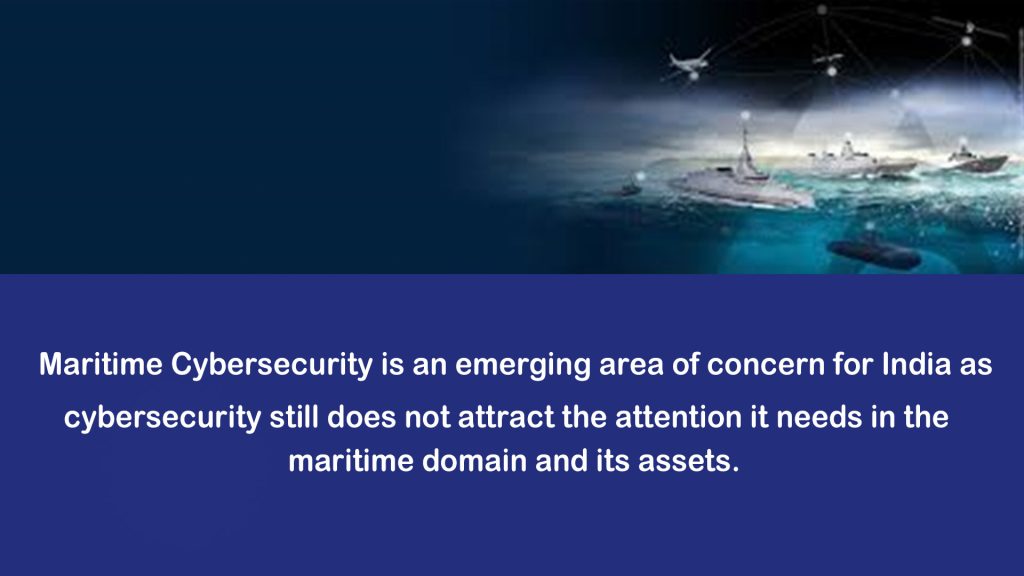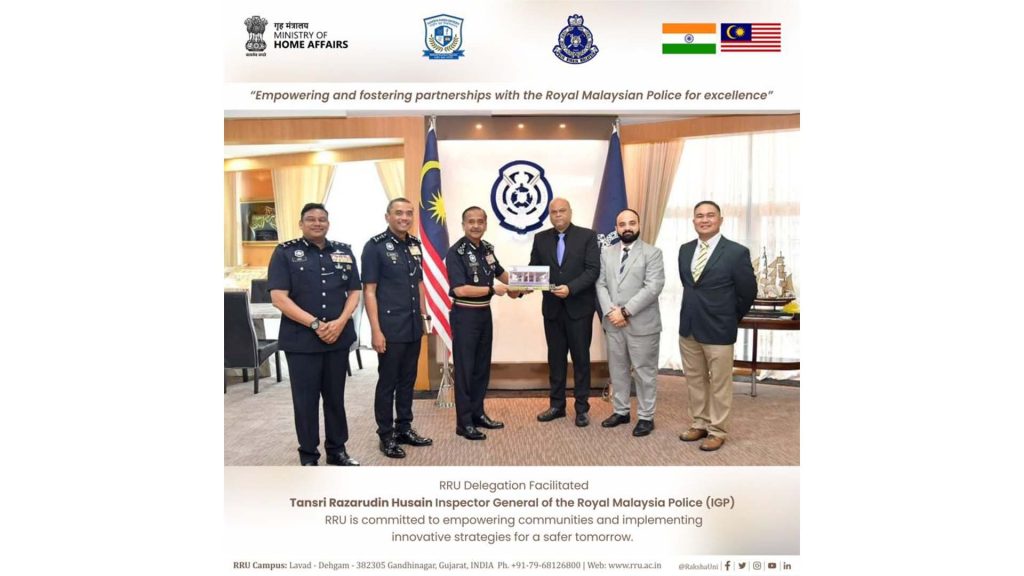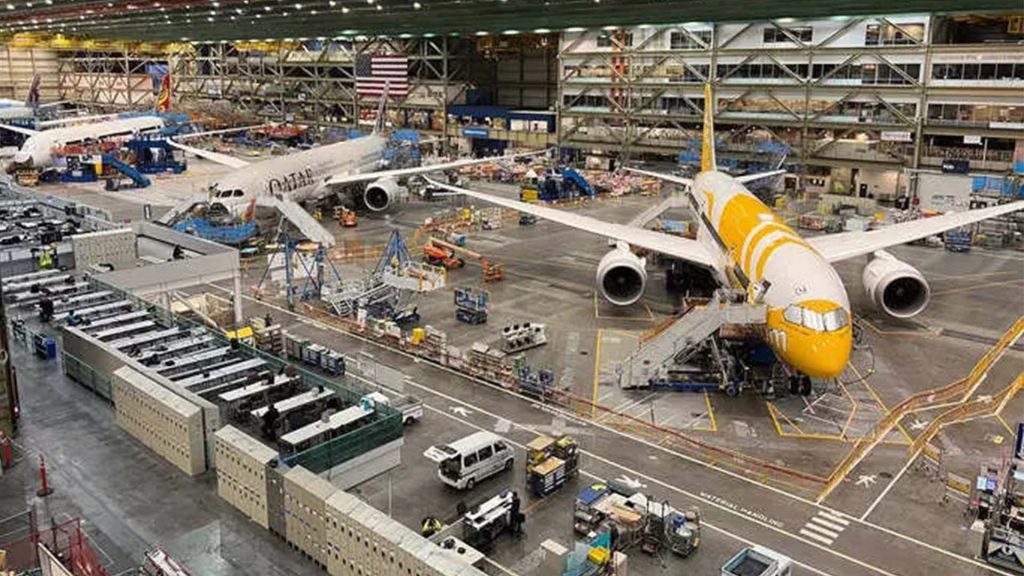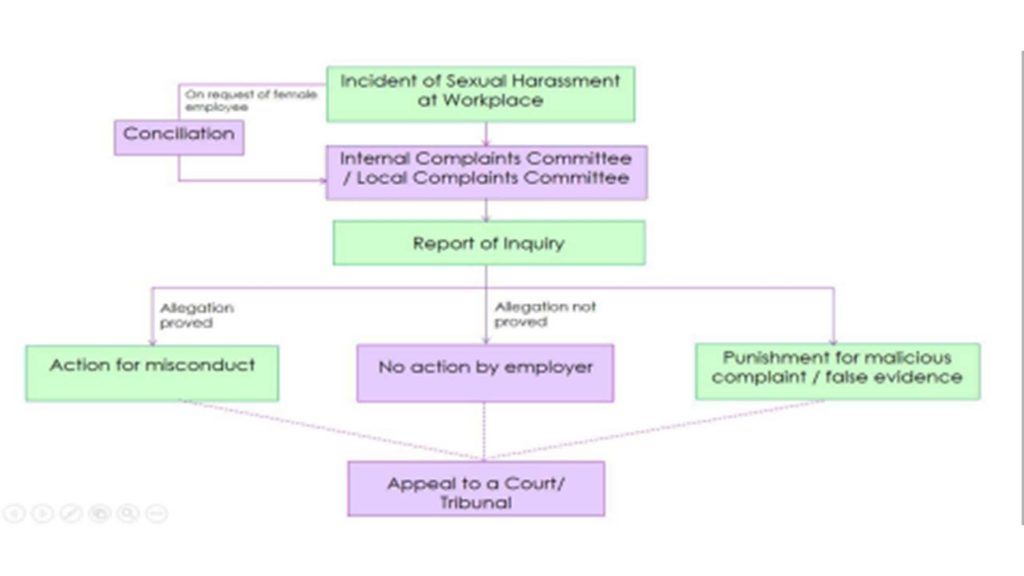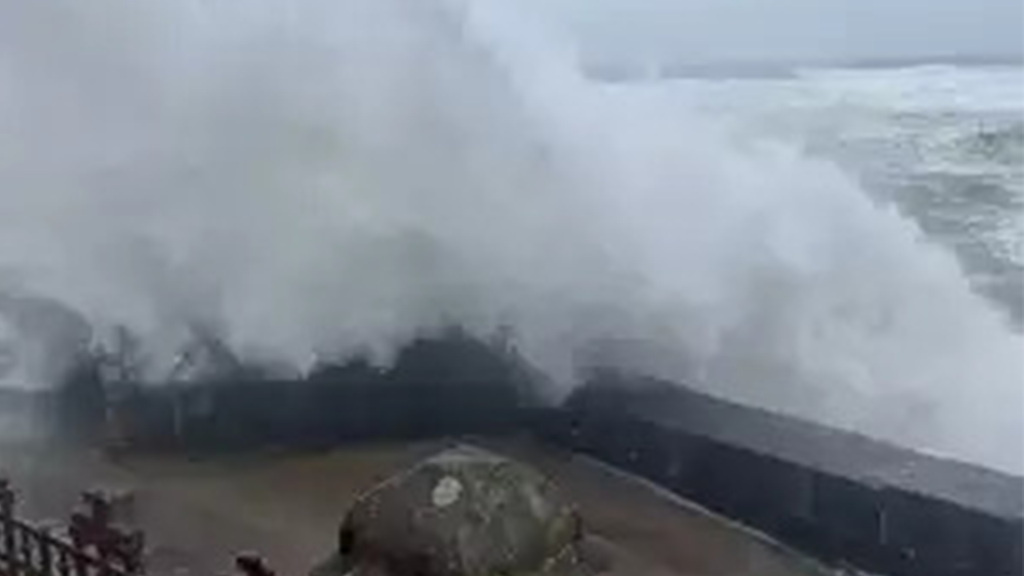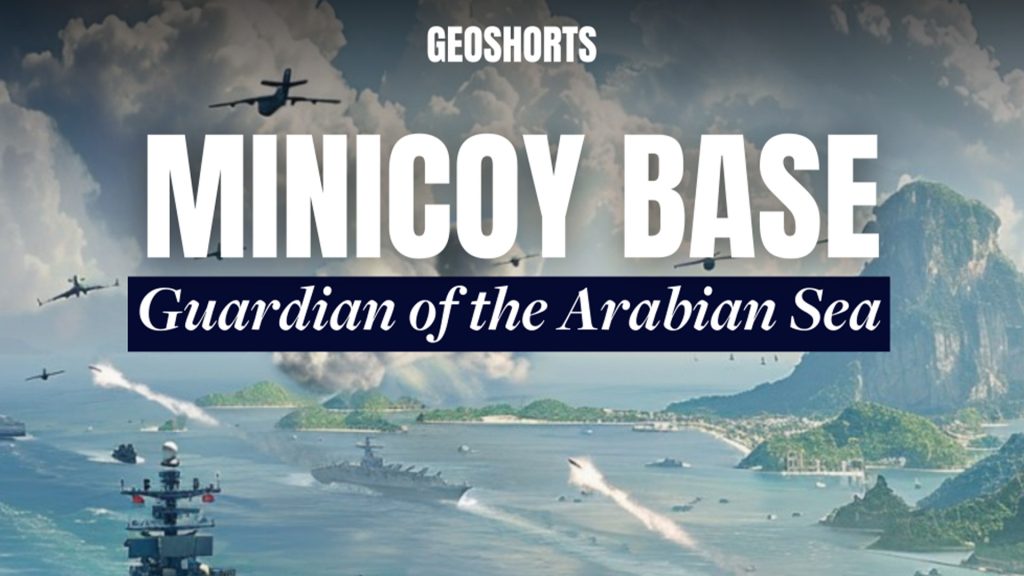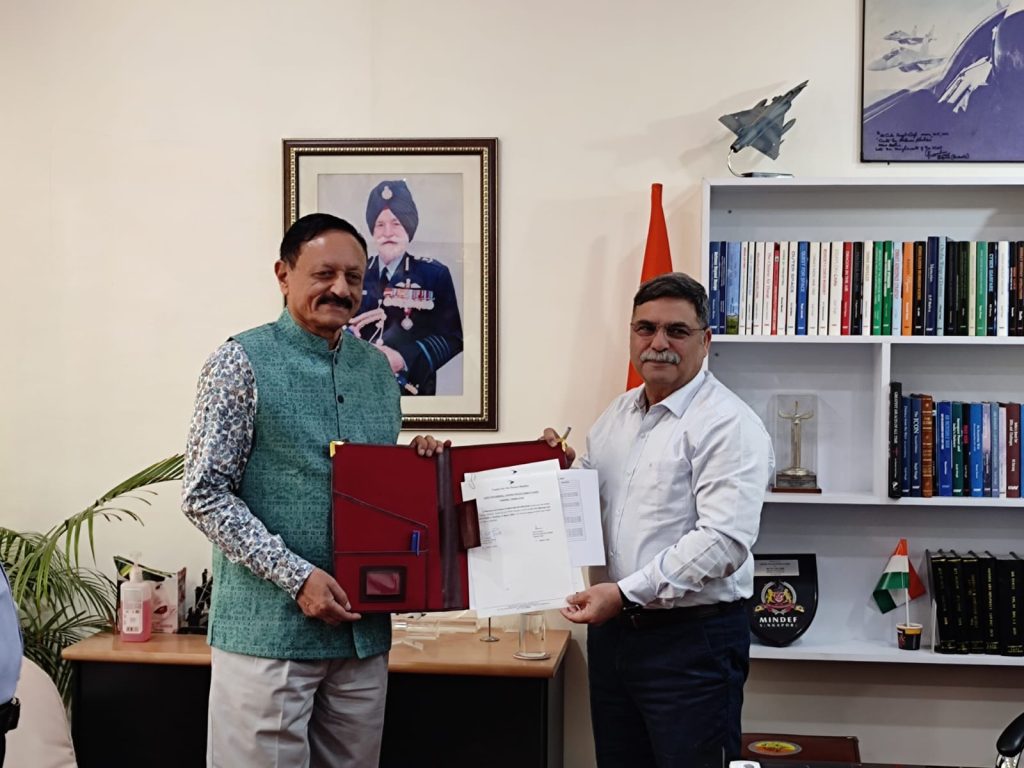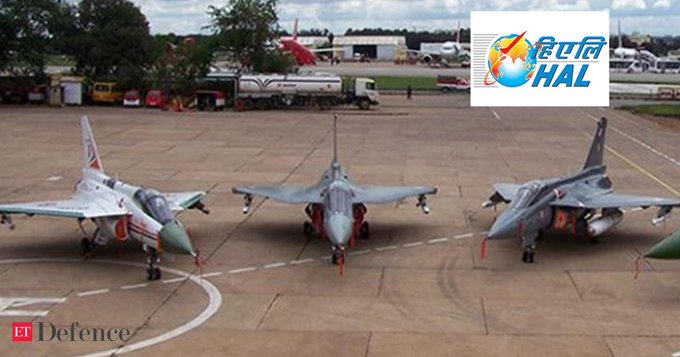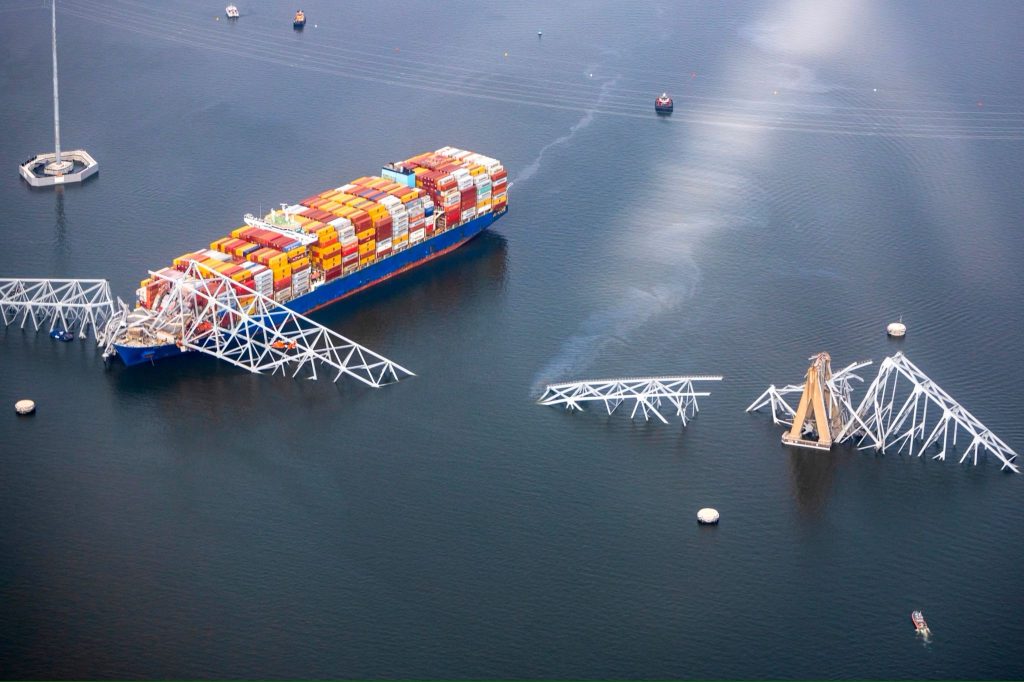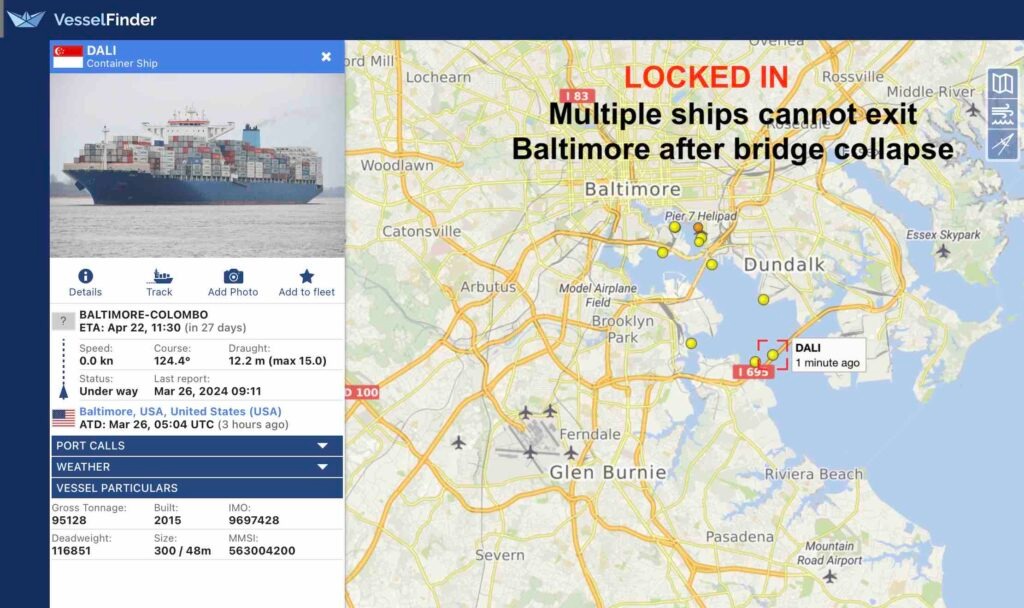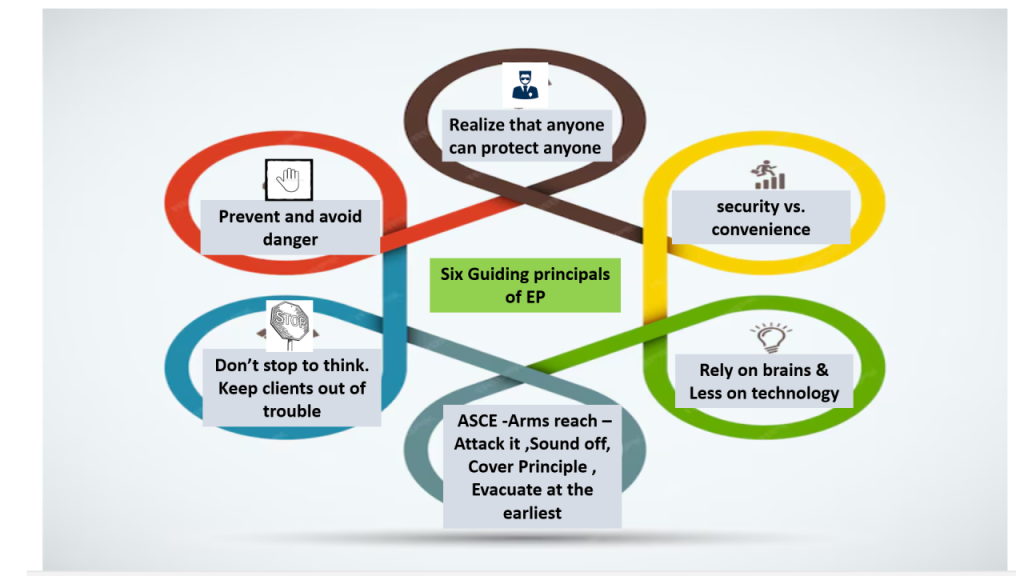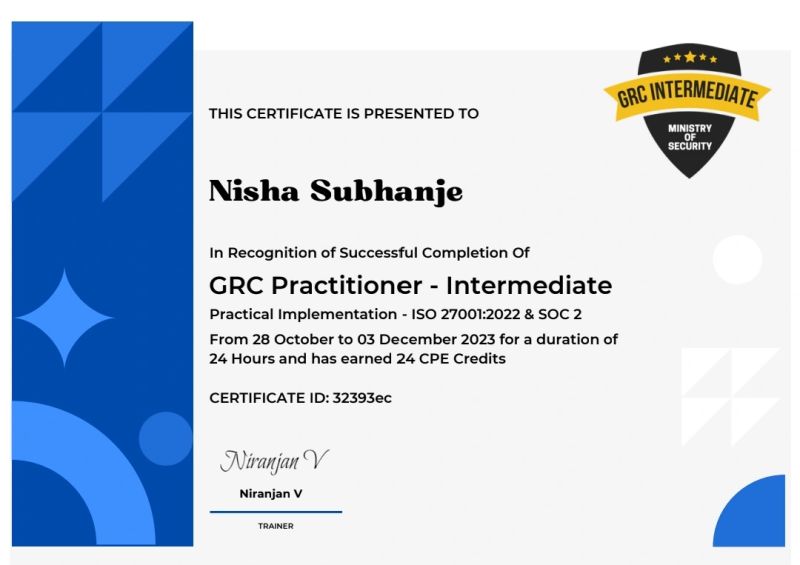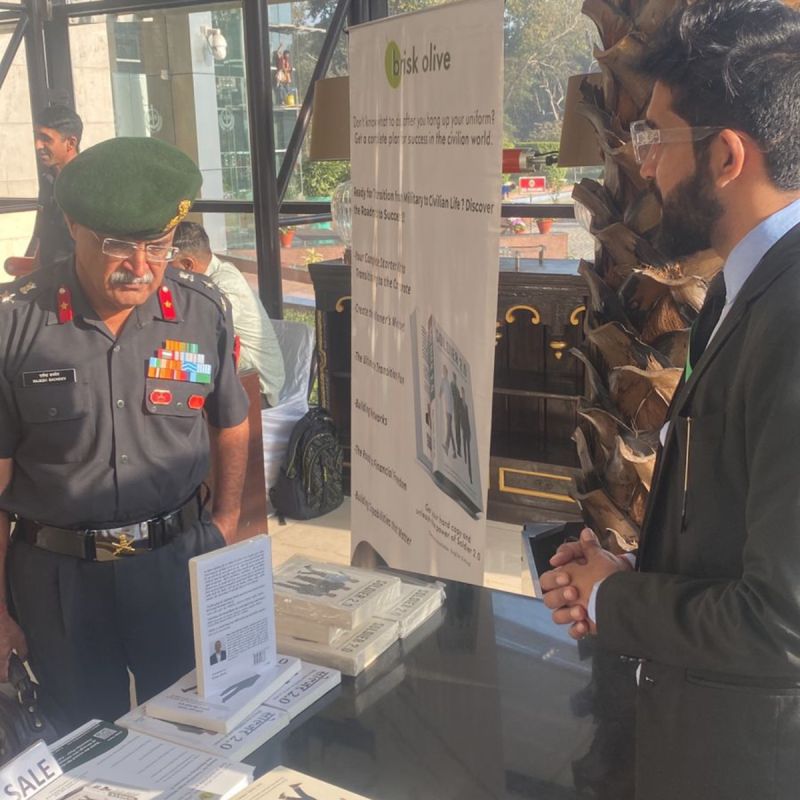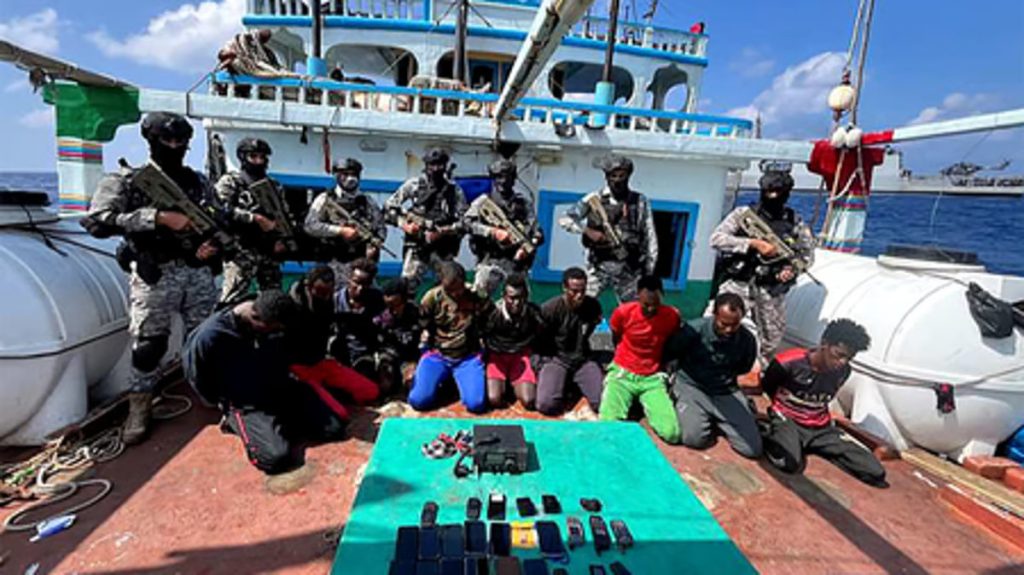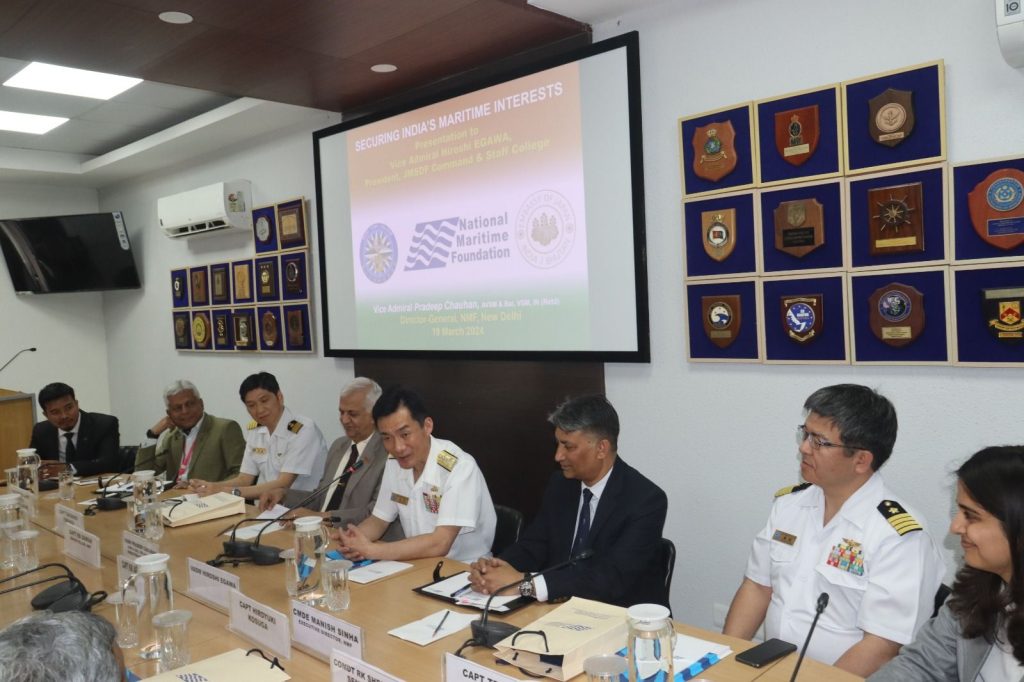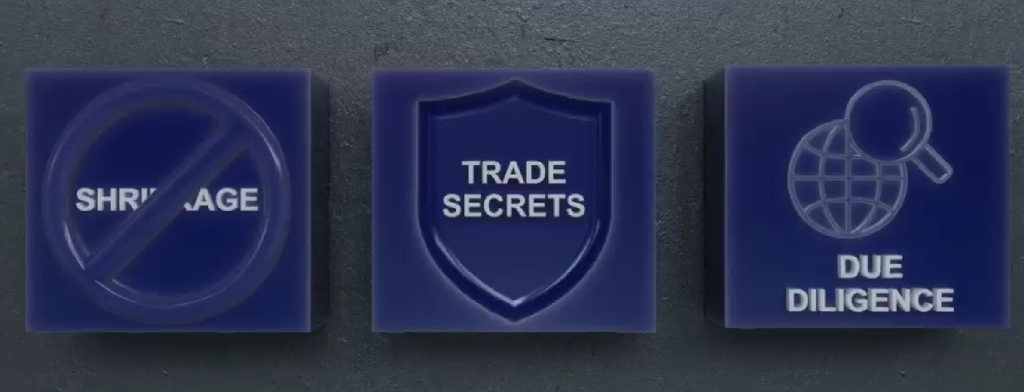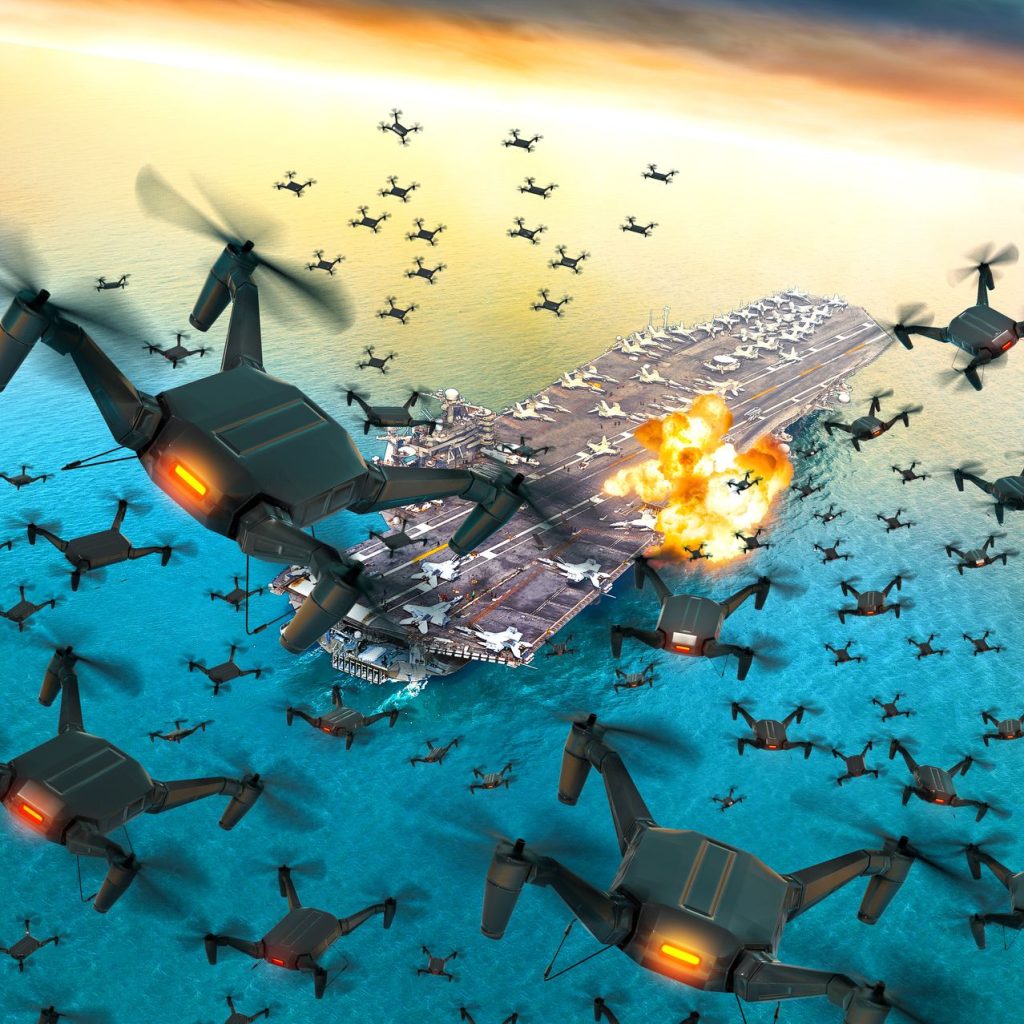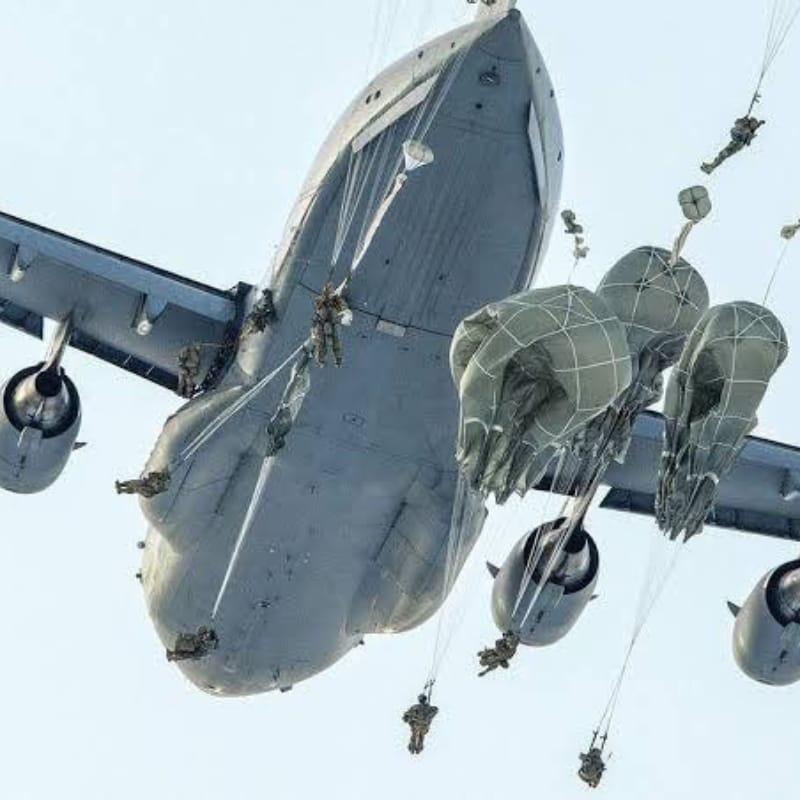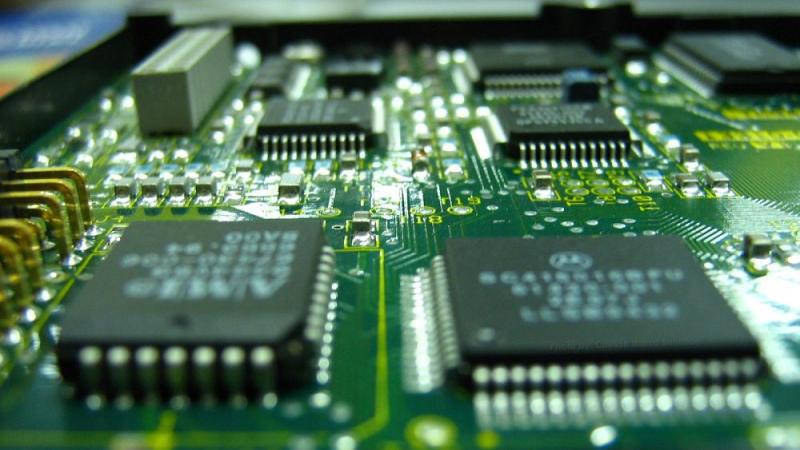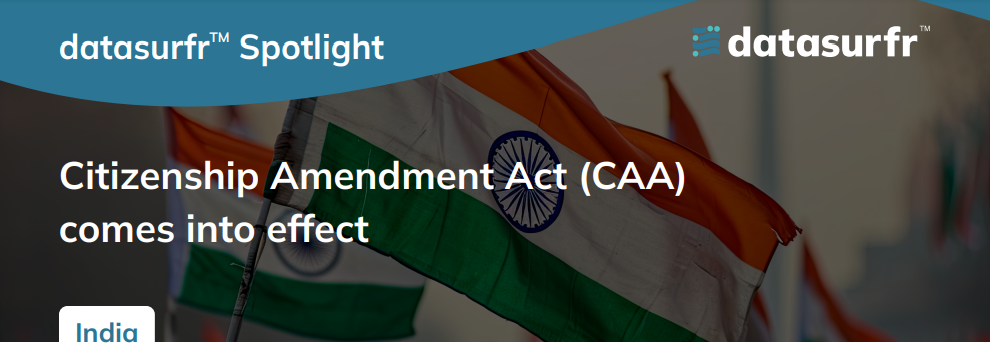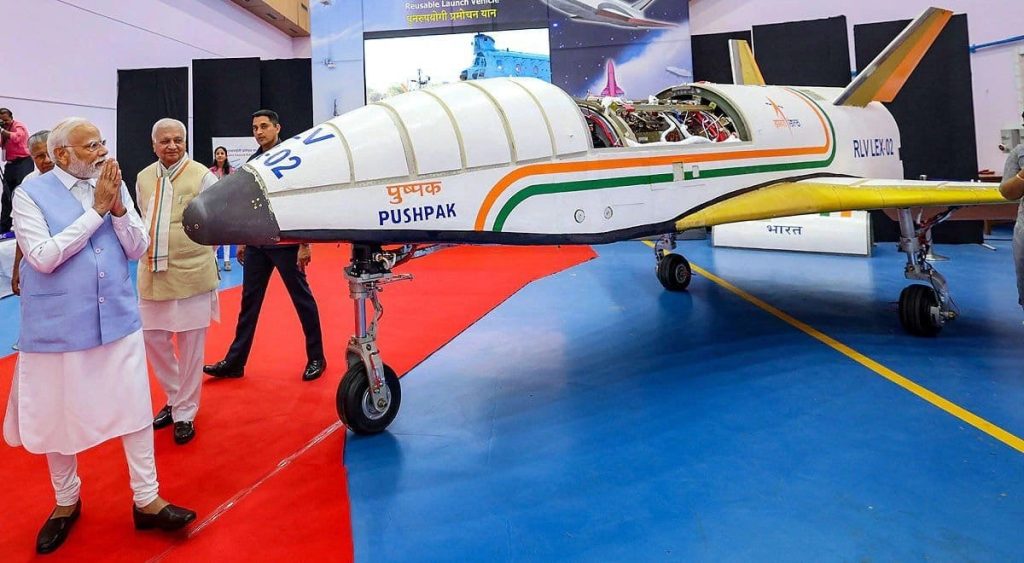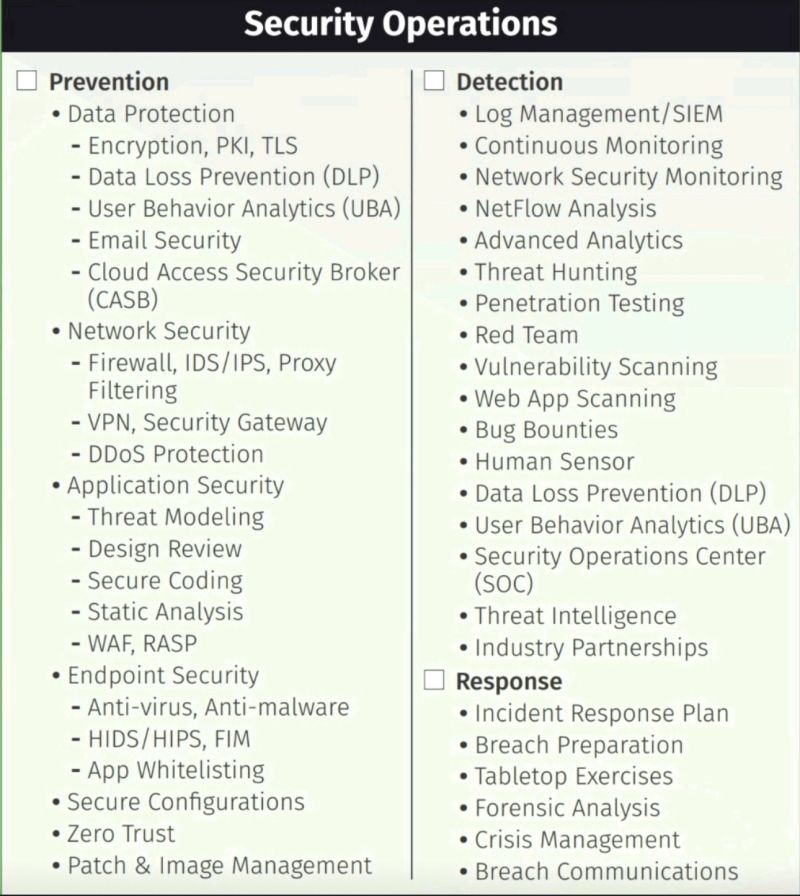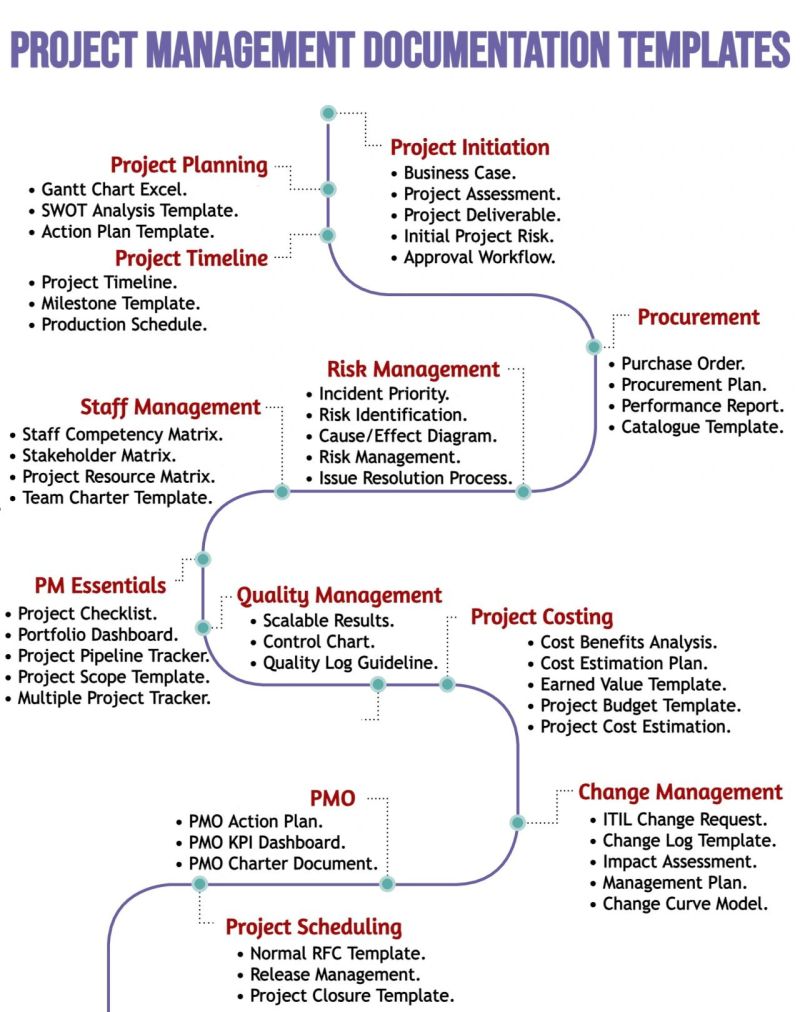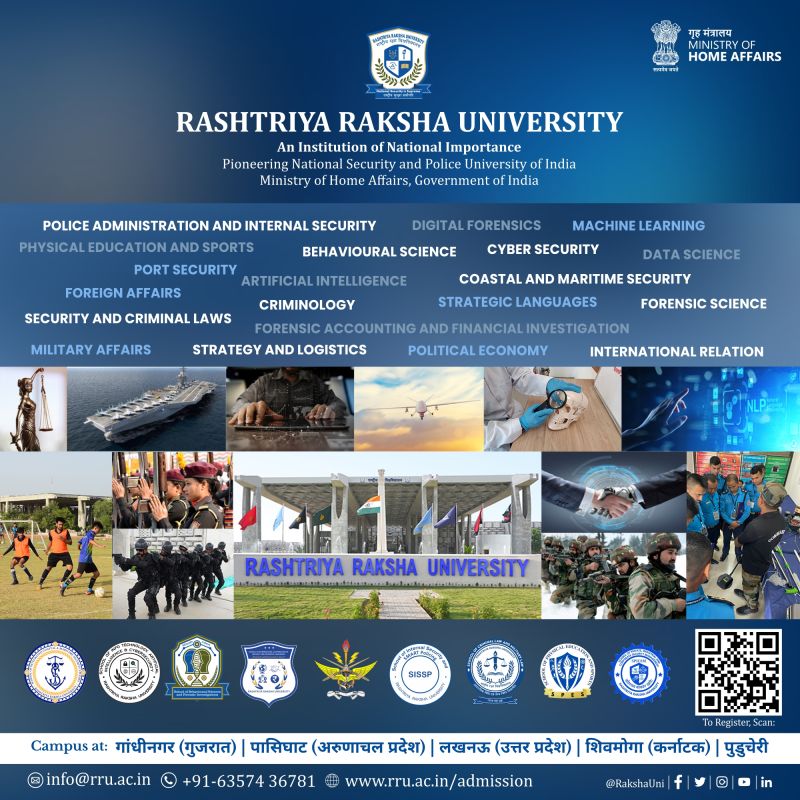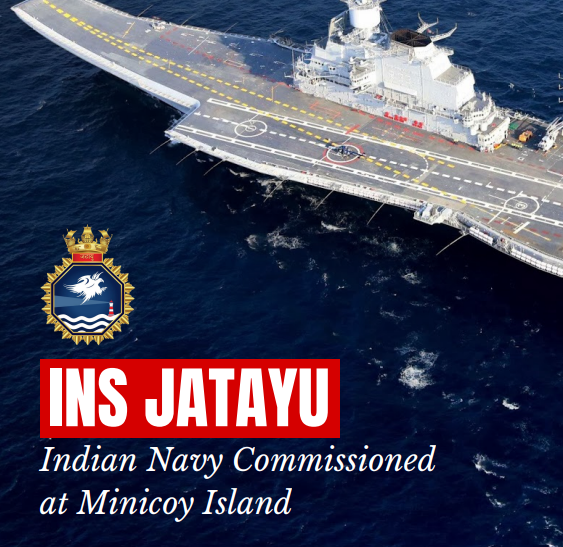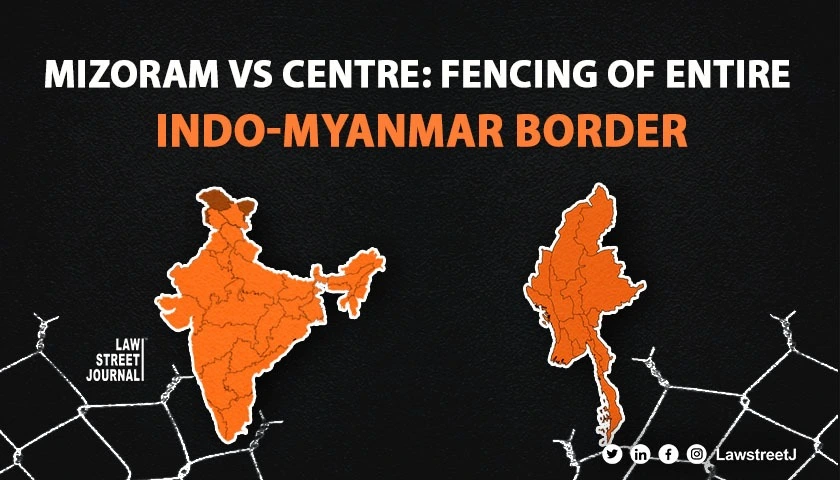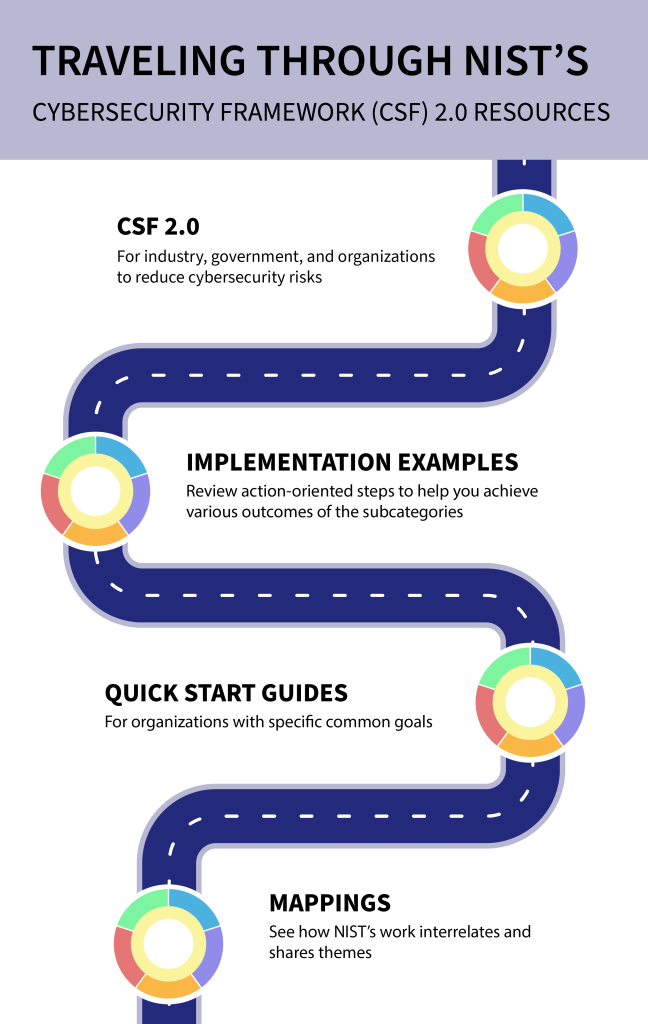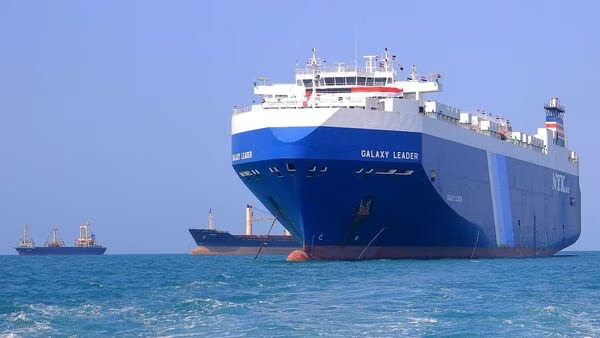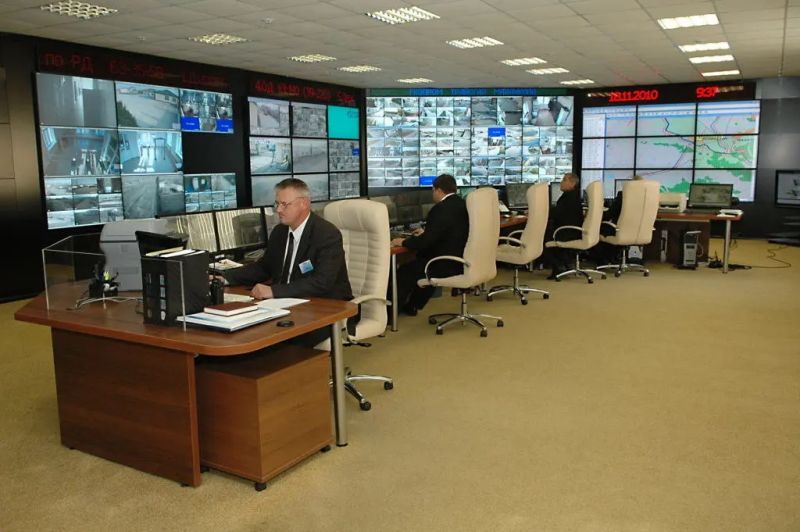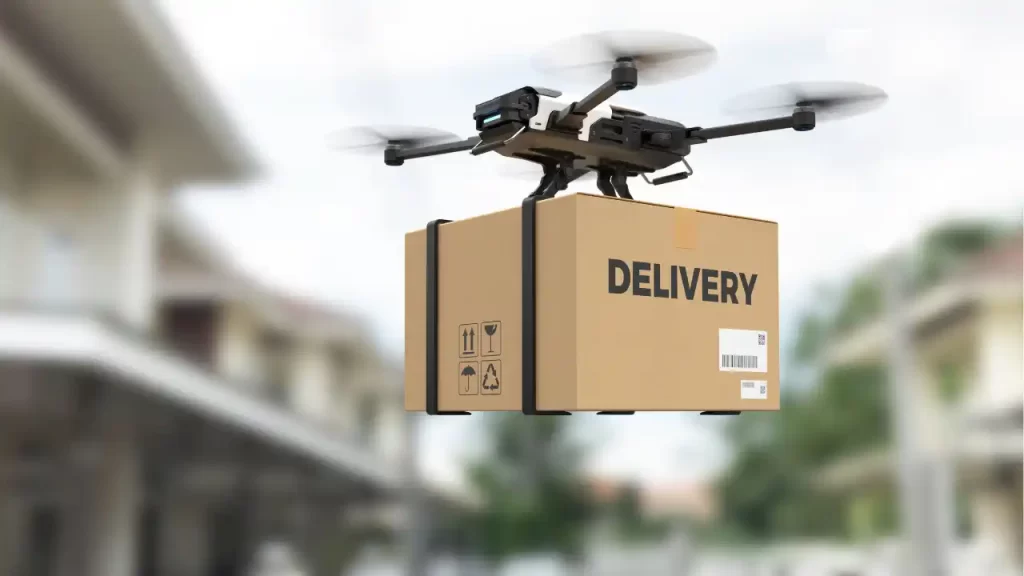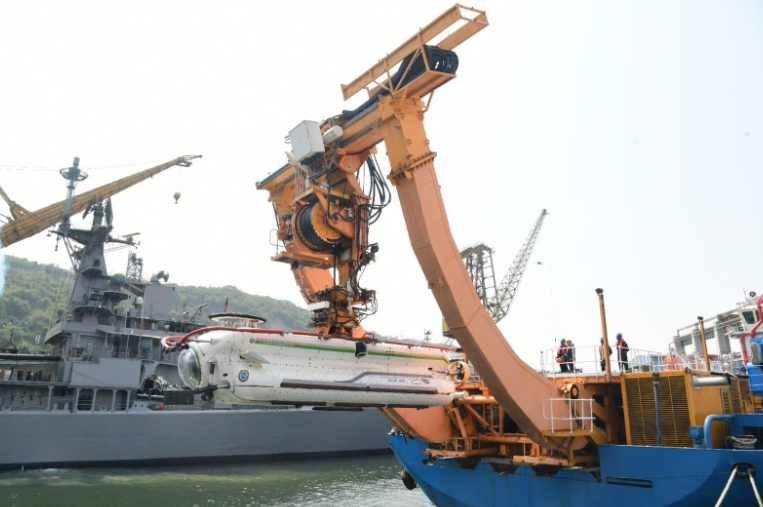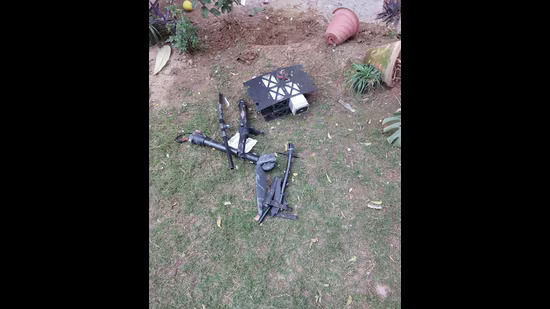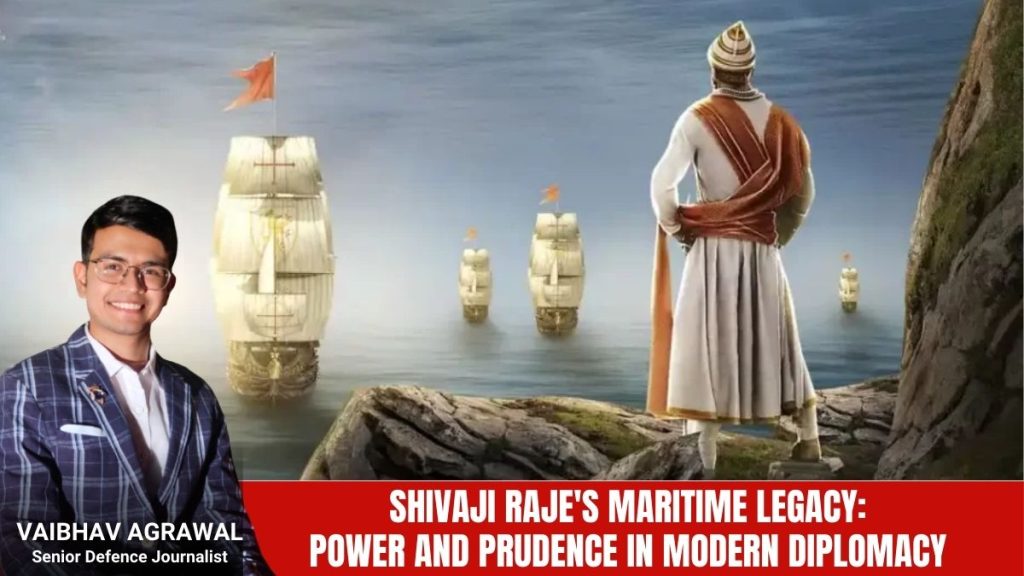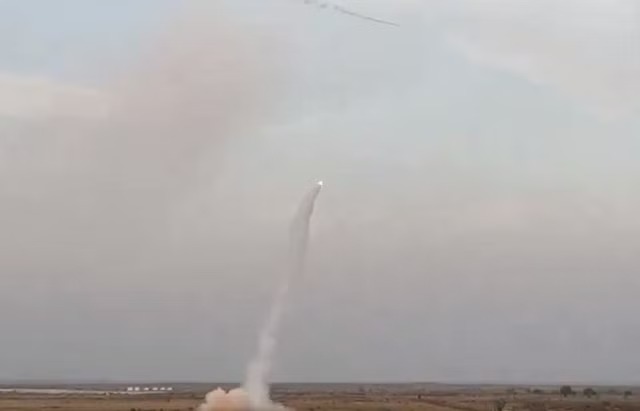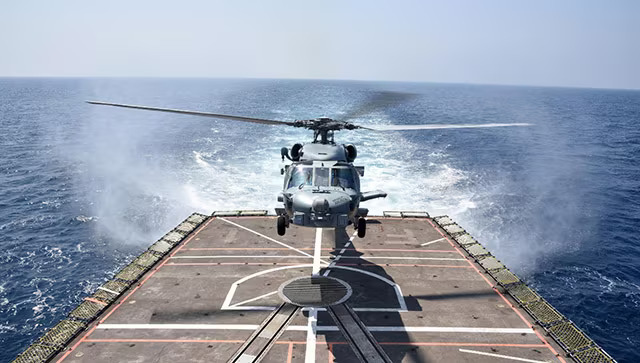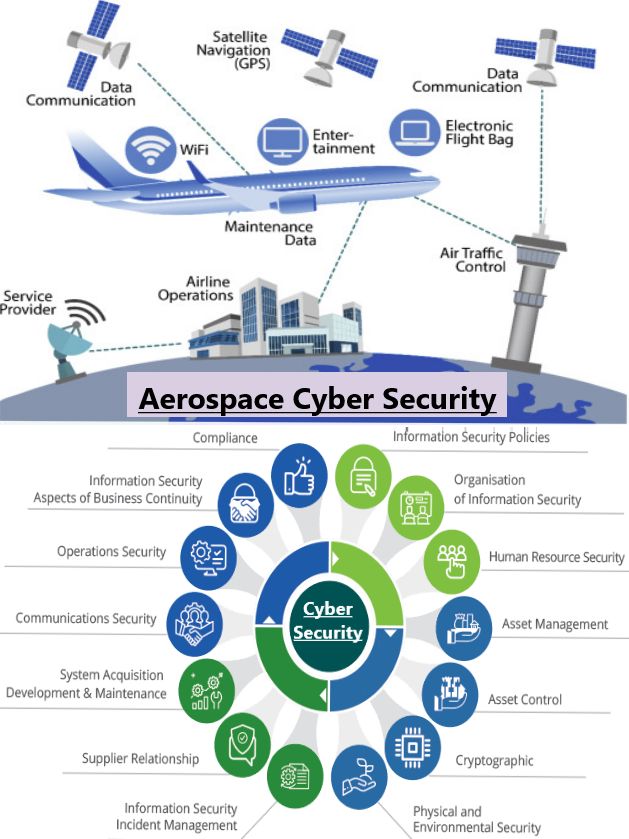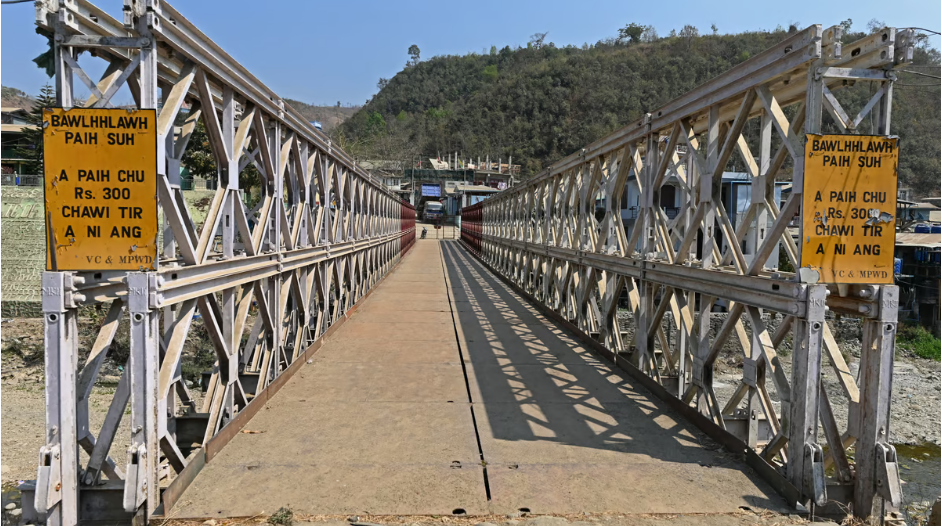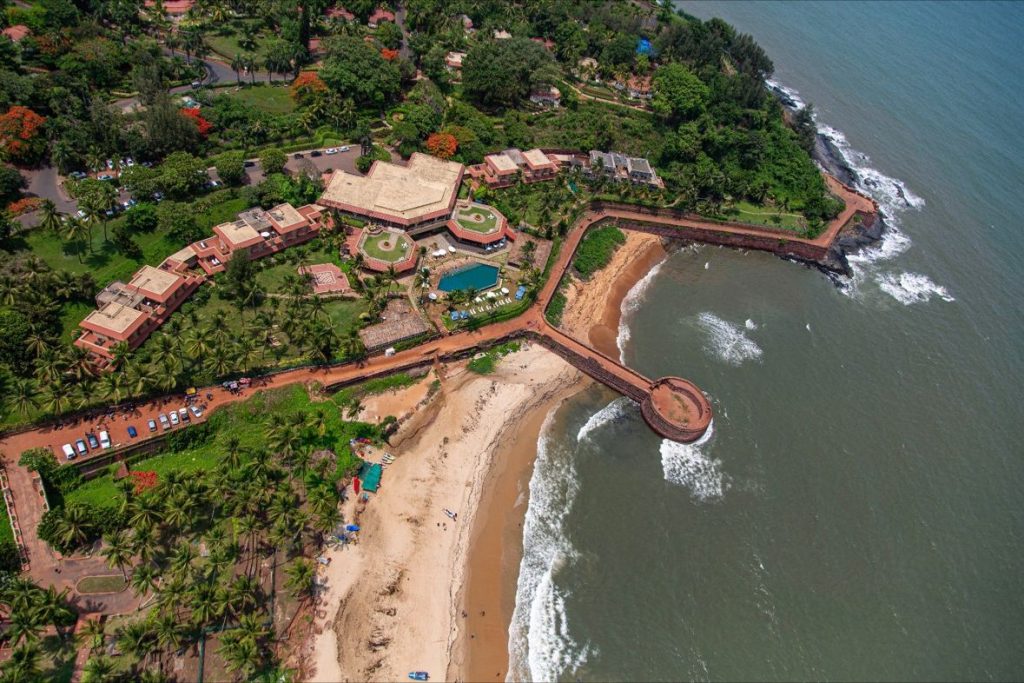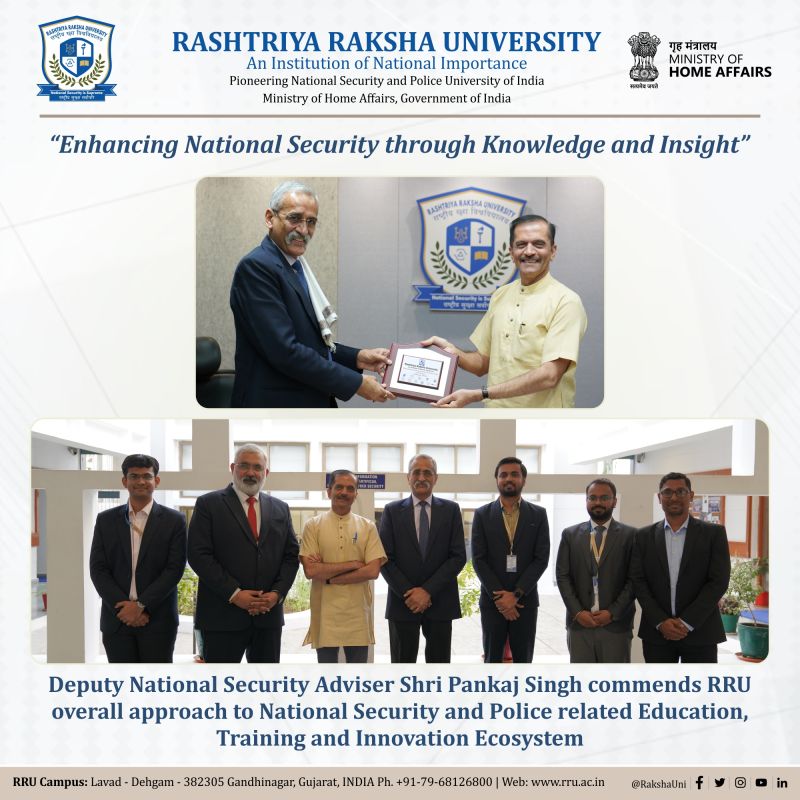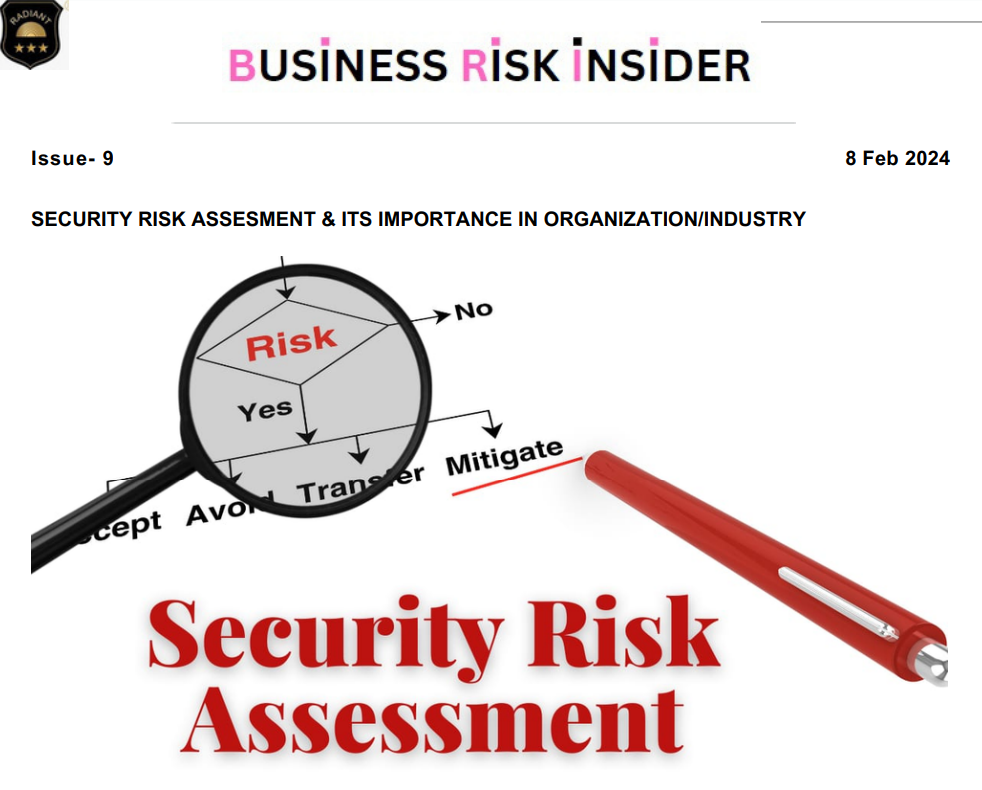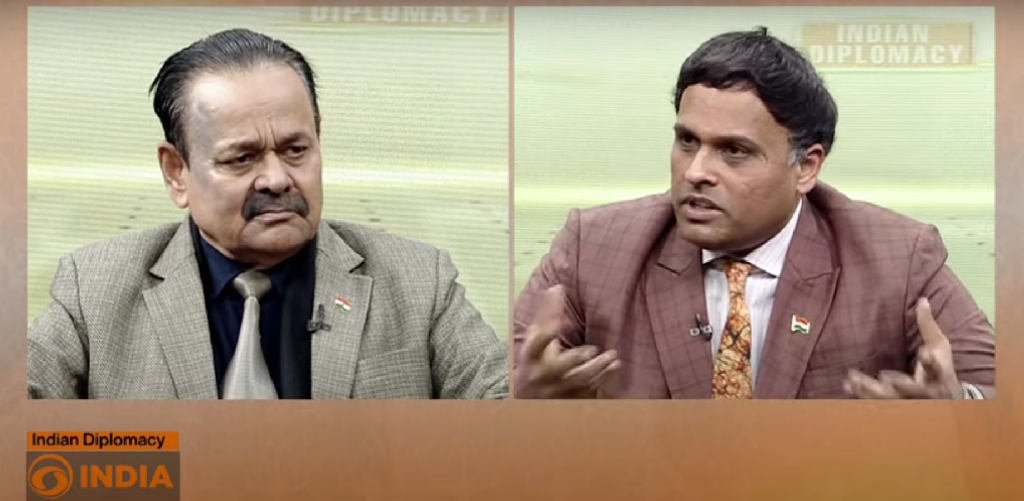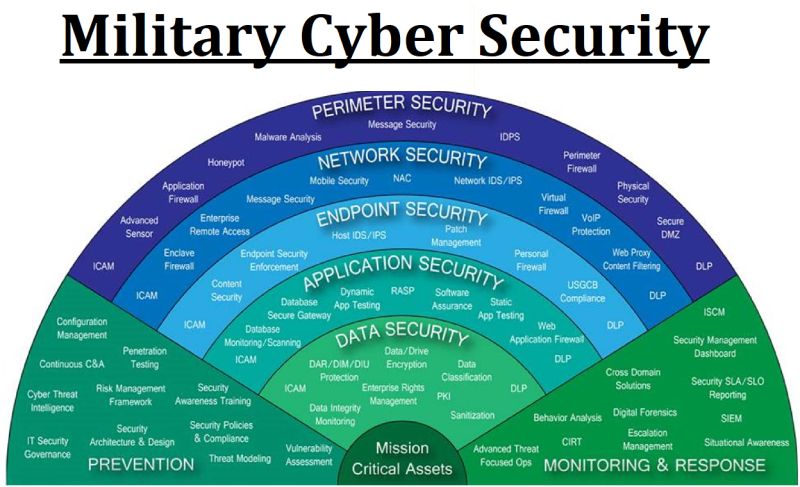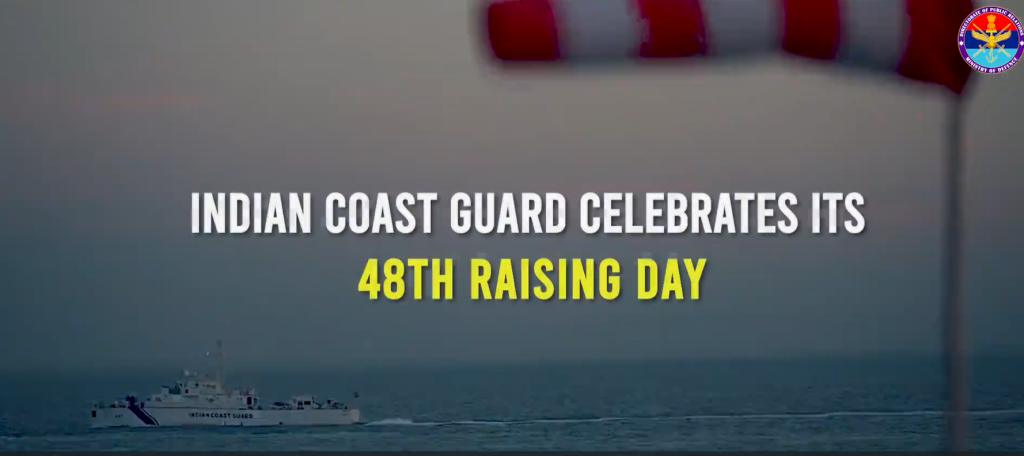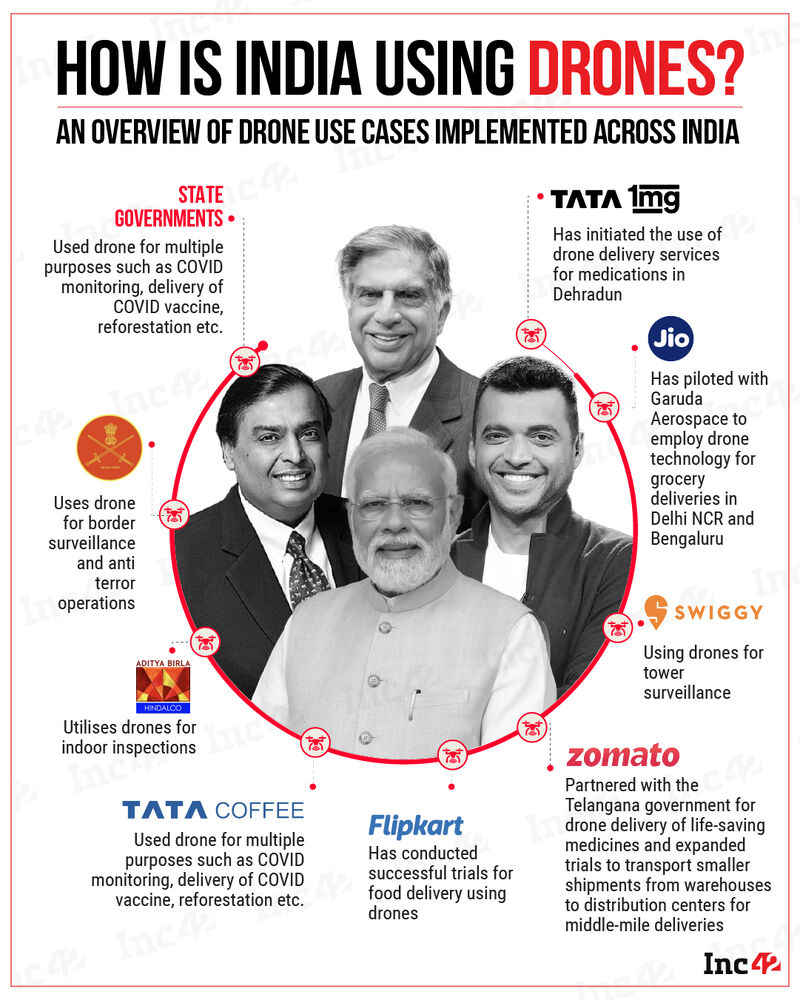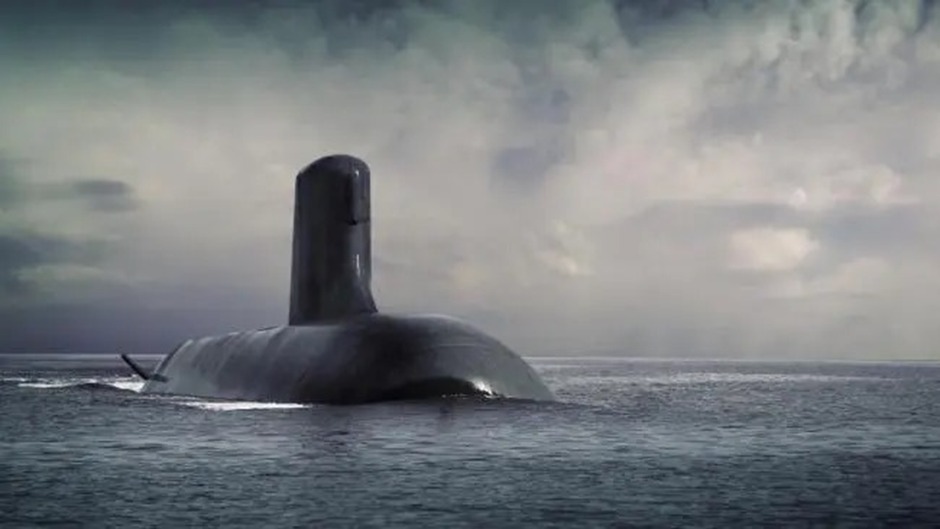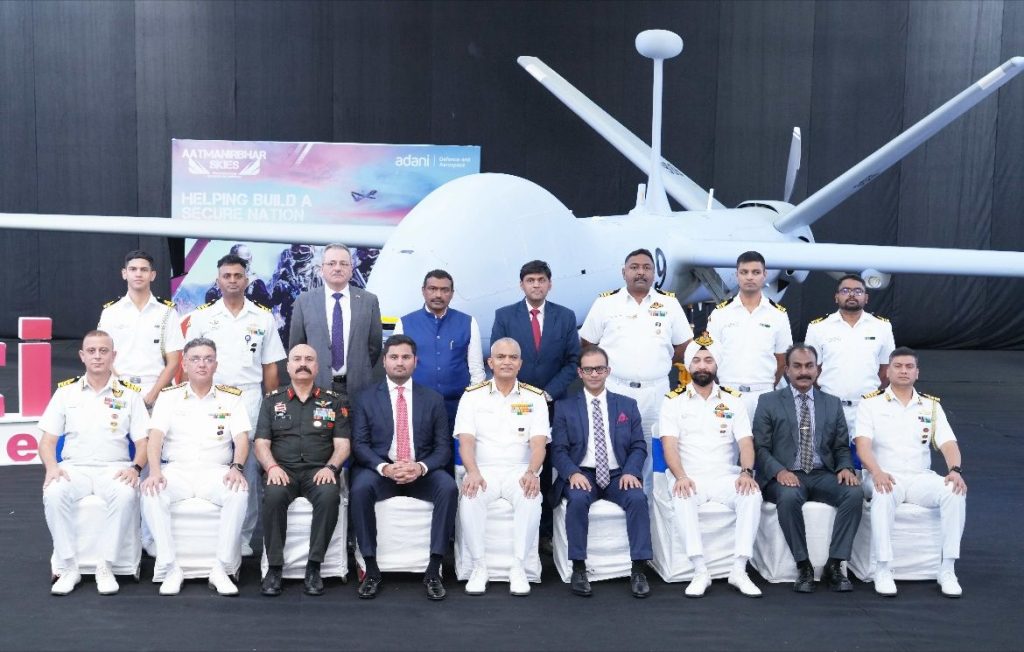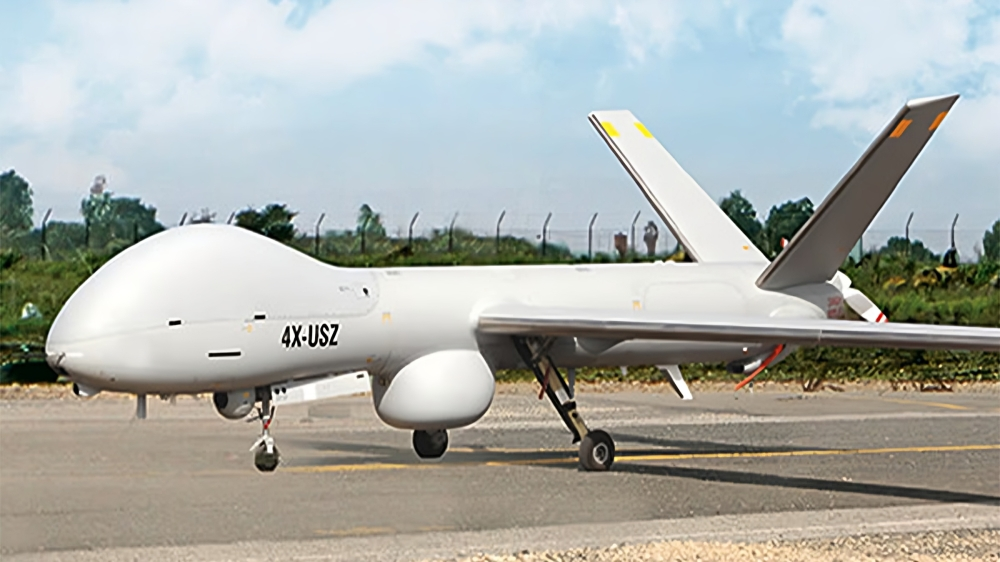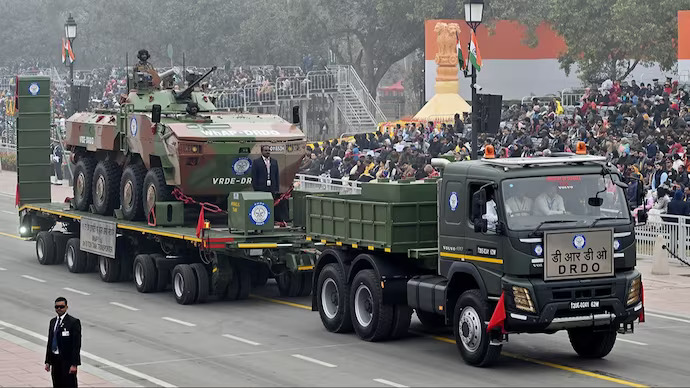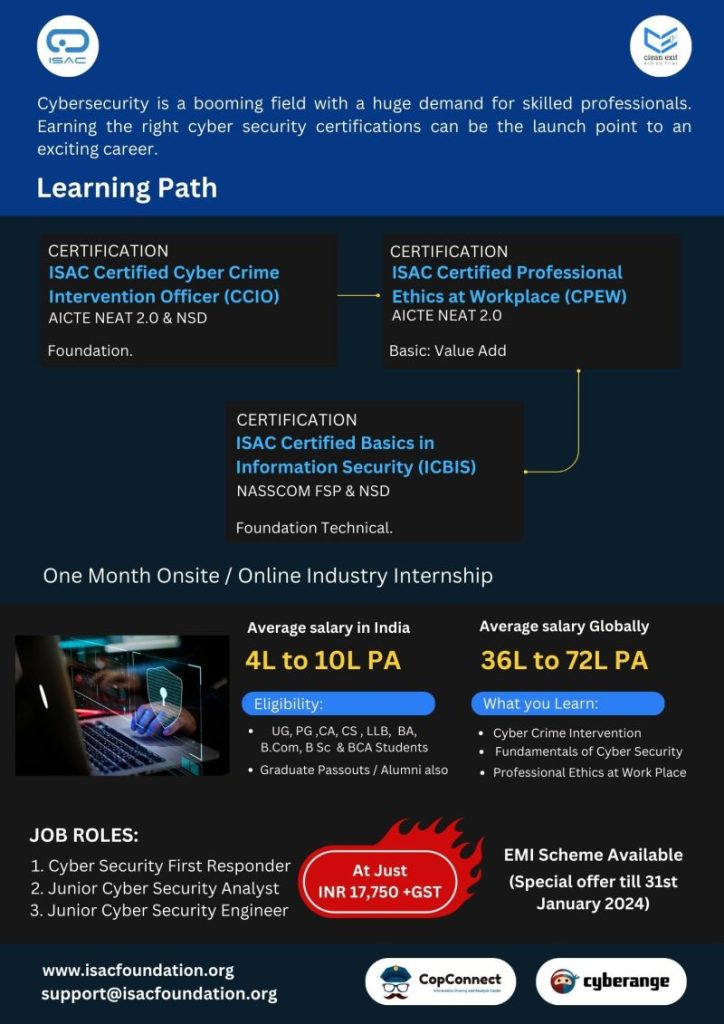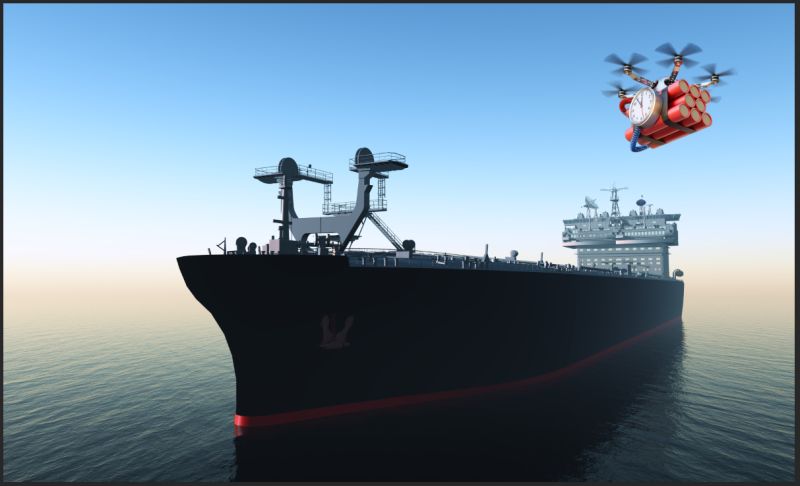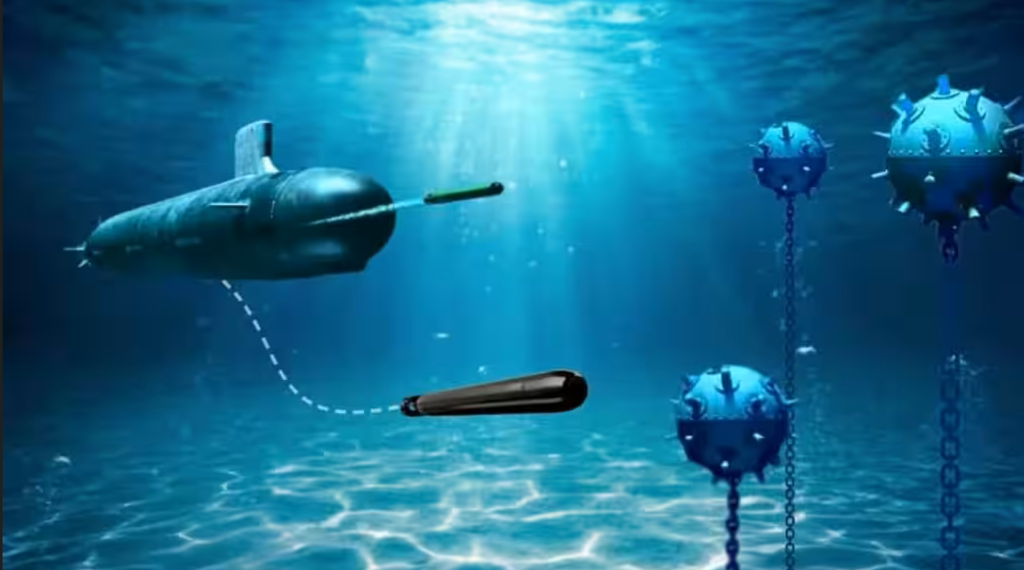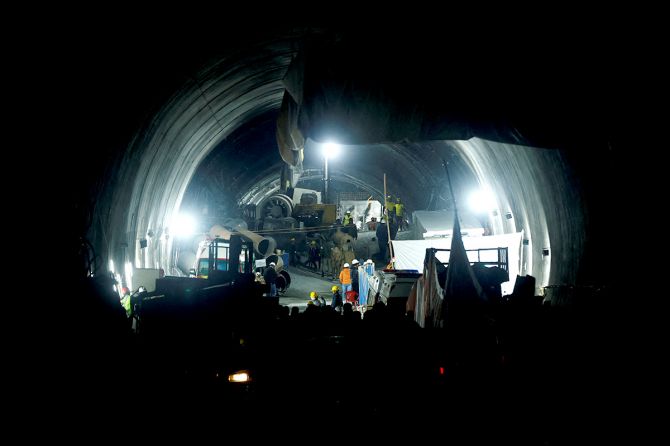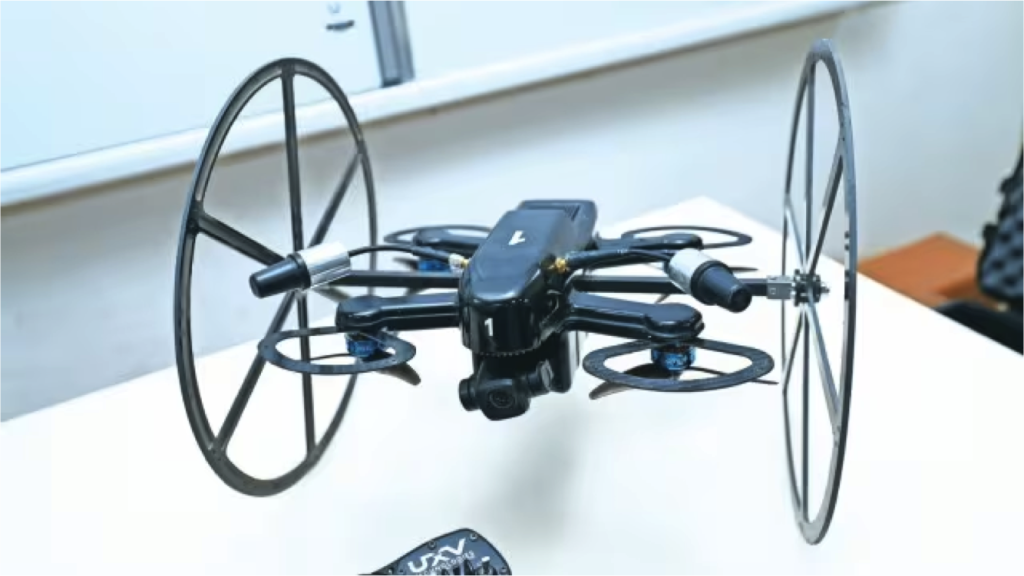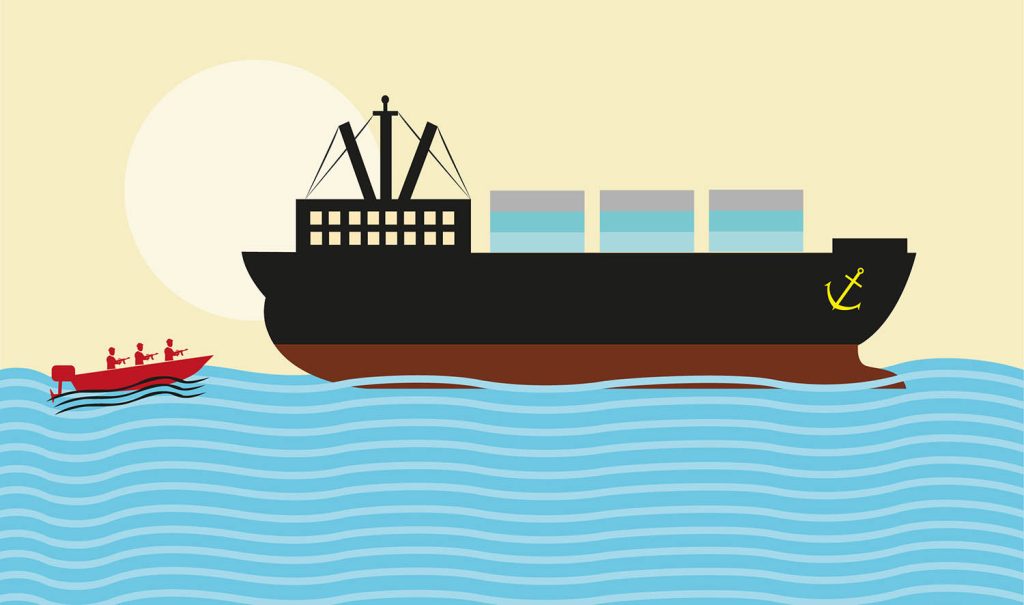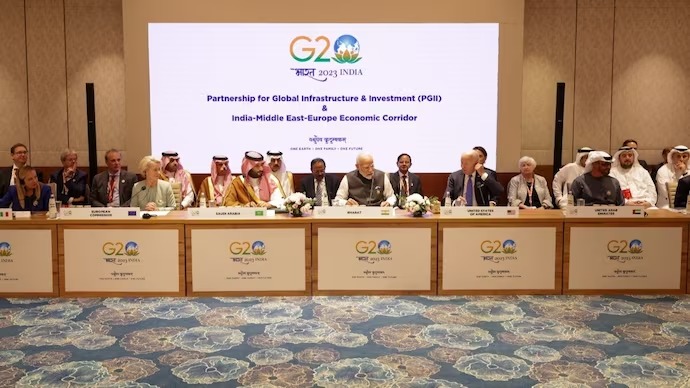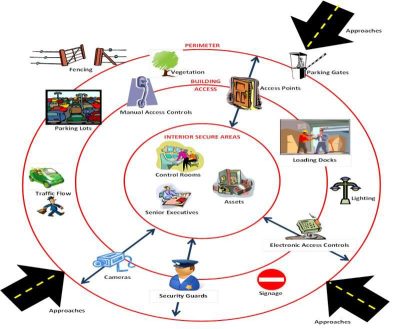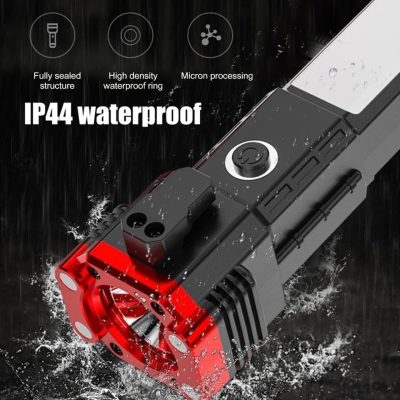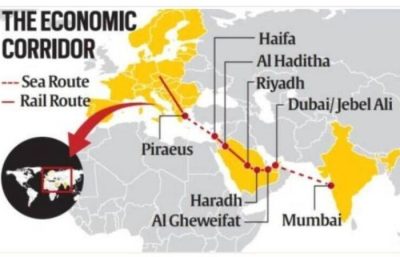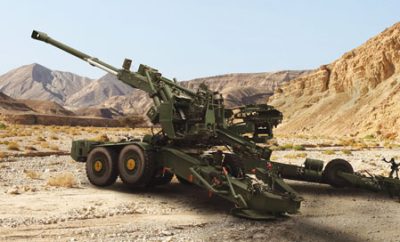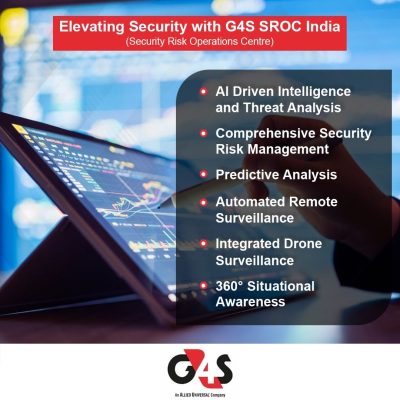The Deep Blue Strategy: How Seabed Warfare Prowess Can Elevate India’s Global Maritime Standing
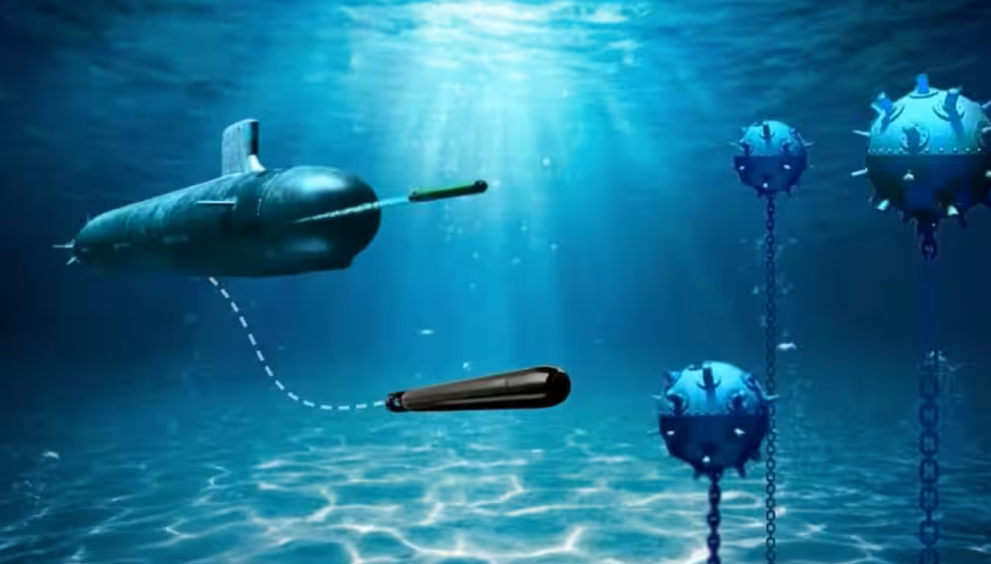
As tensions persist in various regions, the spectre of seabed warfare operations, prevalent in Europe, looms over the Indian Ocean, signalling potential challenges if regional tensions escalate.
By Vaibhav Agrawal
As geopolitical tensions continue to evolve, a new arena for potential conflict is emerging beneath the ocean waves. Referred to as “Seabed Warfare,” this strategic battleground encompasses operations conducted on the ocean floor, targeting crucial elements such as data and power cables, sensors, energy transmission, and extraction infrastructure. Seabed warfare is broadly defined as operations to, from, and across the ocean floor, with a focus on key infrastructure like power and telecom cables, weapon systems, and resource extraction setups.
Nations of global significance are actively vying for dominance in this domain, devising strategies to safeguard their interests and assert control over the vast oceanic expanses. With a coastline stretching 7517 kilometres, India finds itself at the forefront of this emerging conflict. The nation’s approach to seabed warfare holds immense significance, not just for its own security but also for future considerations related to energy and economic prosperity.
In this evolving landscape, the primary targets of seabed warfare include the intricate infrastructure nestled on the ocean floor, encompassing power and telecommunication cables, deployed weapon systems, and systems for extracting valuable natural resources. As major naval powers have already defined their strategies and implemented approaches in this arena, India stands at a pivotal juncture in shaping its own seabed warfare strategy.
The implications for India’s future energy security and economic growth are profound. With numerous valuable assets situated beneath the waves, including critical cables and resource extraction systems, the nation’s stance on seabed warfare will play a decisive role in safeguarding its interests and asserting its presence on this dynamic geopolitical stage.
Back in Time
The clandestine world of seabed warfare traces its origins back to the shadowy operations of the 1960s, notably exemplified by the United States Navy’s covert endeavour known as Operation Ivy Bells. In a collaborative effort involving the US Navy, CIA, and NSA, this operation aimed to wiretap Soviet undersea communication cables during the heightened tensions of the Cold War. The objective was clear: extract valuable information for national gains, marking the unknowing inception of seabed warfare.
Since those covert Cold War days, the landscape has transformed dramatically. Advancements in modern technologies have exponentially increased the density of undersea pipelines, optical fibres, and power cables crisscrossing the oceans. These vital conduits facilitate data transfer in telecommunications and the distribution of oil and gas, making them critical assets for nations and continents alike.
The protection of these undersea assets has become paramount for user nations, propelling them to fortify their undersea surveillance, detection, and warfare capabilities. This commitment translates into significant investments in cutting-edge scientific technologies, deep-diving spy submersibles, and submarines equipped with special abilities to deploy mini-subs and drones armed with underwater cameras and state-of-the-art sonars.
A handful of powerful navies, including the USA, the UK, France, Russia, and China, have already unveiled their seabed strategies. As global powers acknowledge the strategic importance of the oceanic depths, these nations are actively shaping their approaches to secure and, if necessary, control the vast undersea networks that have become the lifeblood of modern communication and energy distribution.
In this evolving chapter of maritime history, the legacy of Cold War-era covert operations has given rise to a new frontier where technological prowess and strategic foresight collide. Seabed warfare, once a secretive endeavour, is now openly declared by major players on the global stage, setting the stage for a complex interplay of surveillance, detection, and strategic dominance beneath the waves.
Challenges in Seabed Operations at 6000m Below Sea Level
As maritime exploration ventures to unprecedented depths, reaching 6000m below sea level, a host of challenges emerges, particularly for Autonomous Underwater Vehicles (AUVs) and Remote Operated Vehicles (ROVs). While current commercial systems typically operate to 3000m, the ambitious depth poses distinctive obstacles that demand innovative solutions.
One of the foremost challenges in this abyssal environment is the compromise of visibility and acoustics during operations. The depth itself diminishes both these crucial factors, impacting the effectiveness of AUVs and ROVs. Furthermore, the salinity of the water introduces complexities affecting communication capabilities and the application of sonar technology, essential for underwater reconnaissance.
The profound depth of operations imposes inherent limitations on design, driven not only by the escalating pressure as vessels descend but also by the challenge of conveying power to such depths. To address buoyancy concerns, many ROVs incorporate syntactic foam—a material known for its non-compressible properties. However, as depth and pressure increase, the foam becomes denser, adding weight to the system. This weight demands more power to operate effectively, creating a challenging cycle where a heavier system requires more power, and vice versa.
Compounding these issues is the method of powering ROVs, often relying on a tether connected to a surface vessel. As the depth increases, the cable becomes more lossy over greater lengths, presenting additional hurdles for the descending ROV. The intricate interplay between depth, pressure, buoyancy, and power poses a formidable set of challenges that demand meticulous engineering and technological innovation to overcome.
In the pursuit of exploring the ocean’s most profound depths, the balance between technological capabilities and environmental constraints becomes paramount. As nations and organisations set their sights on the abyss, solutions to these challenges will pave the way for unlocking the mysteries hidden in the depths of the ocean.
While the focus of seabed warfare often delves into the depths below, the surface conditions above play a pivotal role, especially for tethered Remote Operated Vehicles (ROVs). Weather, an often-underestimated factor, can introduce complications that extend beyond what meets the eye, potentially impeding operations beneath the waves.
Surface vessels serving as the lifelines for tethered ROVs are susceptible to the whims of weather conditions. Poor weather, including storms and rough seas, poses a significant threat, hindering the vessel’s ability to maintain stable and effective operations for the submerged systems. The intricate dance between surface weather and the delicate balance required for seabed warfare underscores the need for robust contingency plans and adaptive technologies.
Similarly, the flow of water currents presents a formidable challenge for activities at depth, affecting both Autonomous Underwater Vehicles (AUVs) and ROVs, whether tethered or untethered. The force of water currents can impact the navigation and stability of these underwater systems, influencing their ability to execute tasks and gather critical data. The challenges posed by currents amplify the complexity of seabed operations, requiring sophisticated solutions to ensure mission success.
Infrastructure Landscape in the Indian Ocean
As tensions persist in various regions, the spectre of seabed warfare operations, prevalent in Europe, looms over the Indian Ocean, signalling potential challenges if regional tensions escalate.
The Indian Ocean, a vital maritime corridor, hosts a network of submarine cables that interconnect nations within the region and facilitate the transmission of data globally. However, similar to the concentration of shipping traffic at choke points like the Malacca Strait and Bab el-Mandeb Strait, submarine cables are vulnerable to potential attacks at these critical junctures. The strategic importance of safeguarding these undersea communication links becomes paramount in maintaining regional stability.
Beyond data connectivity, subsea pipelines are emerging as crucial components of the Indian Ocean’s seabed infrastructure, particularly for India. The Oil and Natural Gas Corporation of India has already established an extensive network of subsea pipelines off the country’s west coast, connecting major fields such as Mumbai High, Neelam, and Heera, as well as Bassein. Notably, Iran is contemplating the extension of its subsea natural gas pipeline from Oman to India, creating a significant energy linkage that would connect to Porbandar in Gujarat. Additionally, a proposed US$5 billion undersea gas pipeline between the United Arab Emirates and India, announced in May 2023, further underscores the evolving dynamics of seabed infrastructure in the region.
Australia, with its extensive gas pipelines from the North West Shelf in the Indian Ocean, faces a new frontier of vulnerability to seabed warfare. The nation is strategically prioritising the development of offshore renewable infrastructure, encompassing offshore wind and solar farms, wave energy plants, and undersea interconnectors along various points of Australia’s coastline, including the vast expanse of the Indian Ocean.
In addition to renewable ventures, Australia is venturing into seabed mining exploration in the Indian Ocean, where polymetallic nodules are abundant. This foray introduces a new spectrum of players and activities, further shaping the evolving narrative of seabed operations in the region. Australia’s dual commitment to sustainable energy and seabed resource exploration adds a layer of complexity to its maritime endeavours in the Indian Ocean.
In a Nutshell
As the Indian Ocean Region (IOR) remains a pivotal hub for global energy trade, communications, internet infrastructure, and business applications, the spectre of seabed warfare is becoming increasingly apparent. Recognizing its strategic position in the IOR, India, as a key naval power, must proactively address seabed vulnerabilities to safeguard both its national and regional interests. With the evolving nature of warfare and the vast maritime landscape at play, India must strategically assess and prepare for potential seabed threats in the future.
As the world continues to explore and exploit the depths of the ocean for energy, communication, and economic endeavours, a cohesive and adaptive seabed warfare strategy becomes a linchpin for maritime nations. The ability to innovate, collaborate, and stay ahead of evolving threats beneath the waves will shape the success of nations in securing their maritime interests and maintaining stability in this complex and dynamic arena.
The author is a passionate independent journalist with a keen focus on Space and Defence Affairs. He can be reached at vaibhavmag1@gmail.com & he tweets @VaibhavMAG
Disclaimer: Views expressed are personal and do not reflect the official position or policy of Publisher or Social Media or News Platforms.

 Member Login
Member Login 


